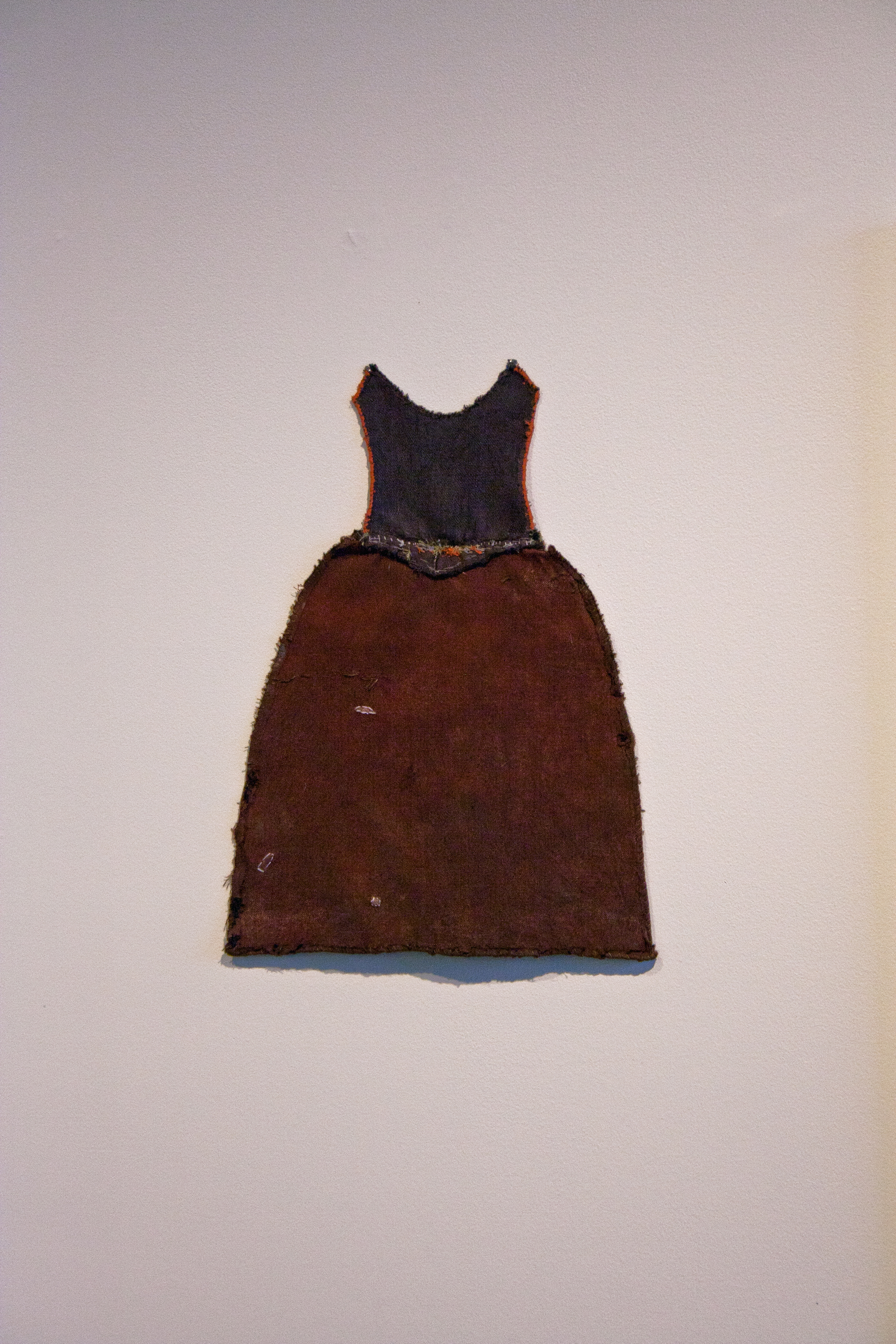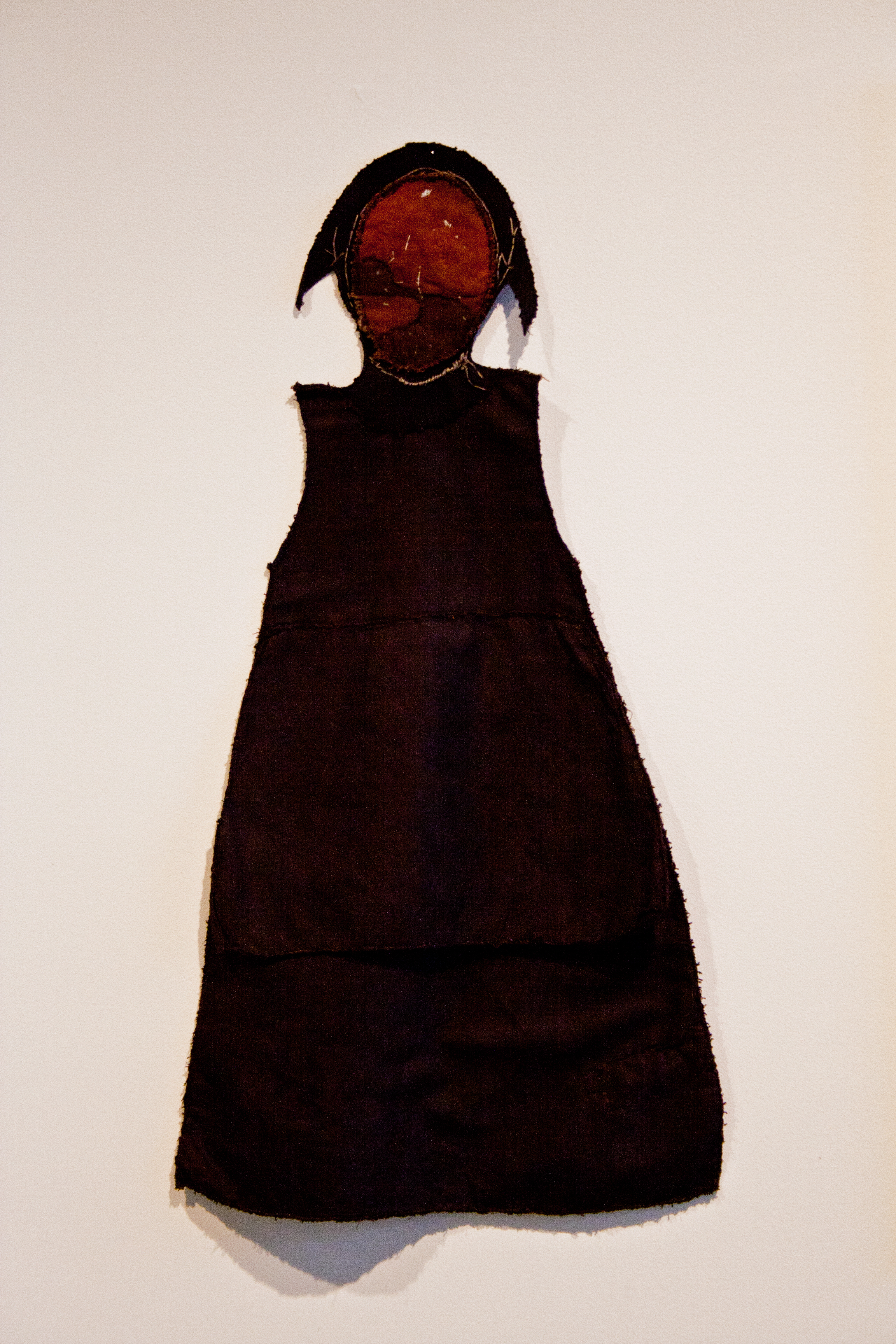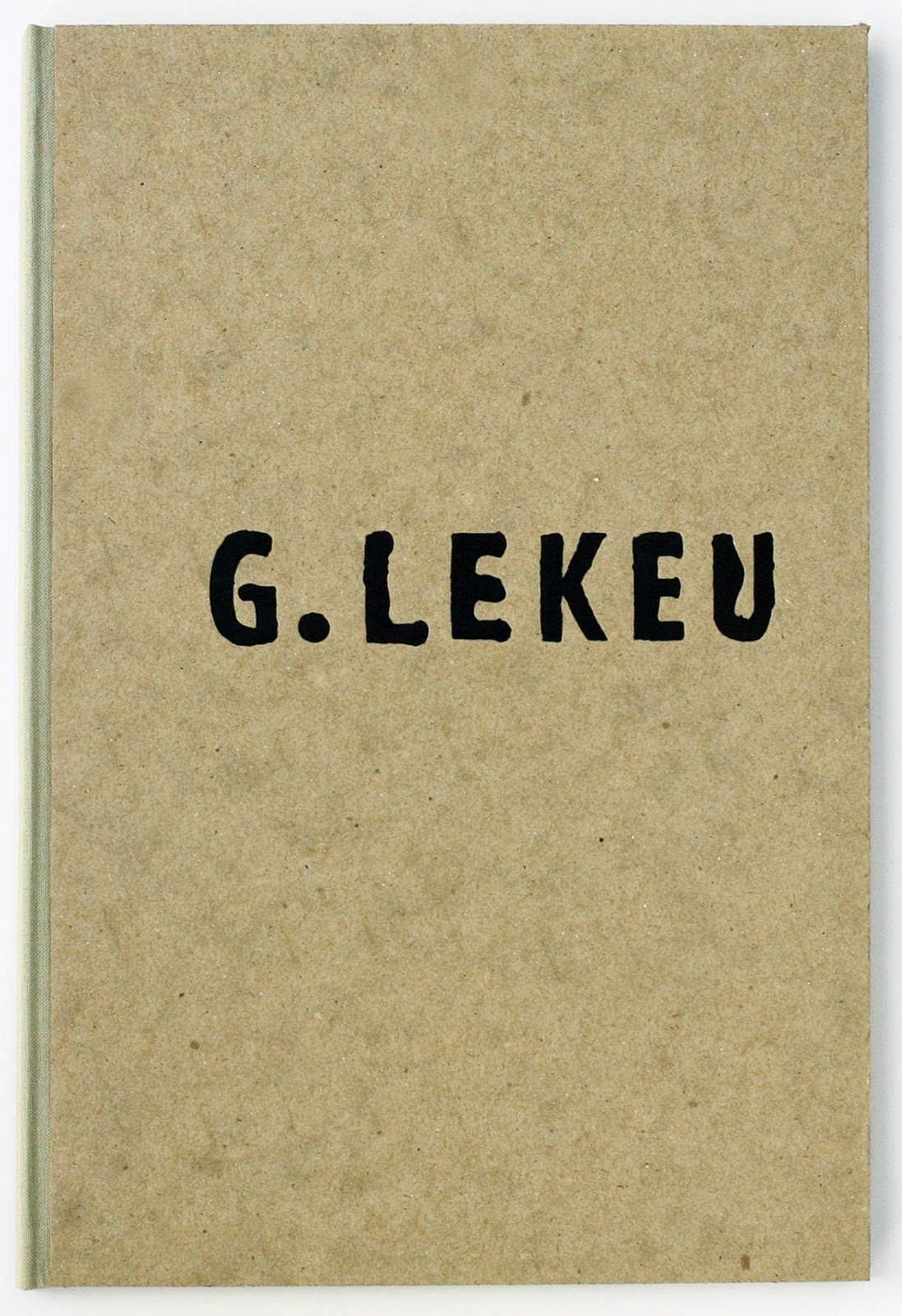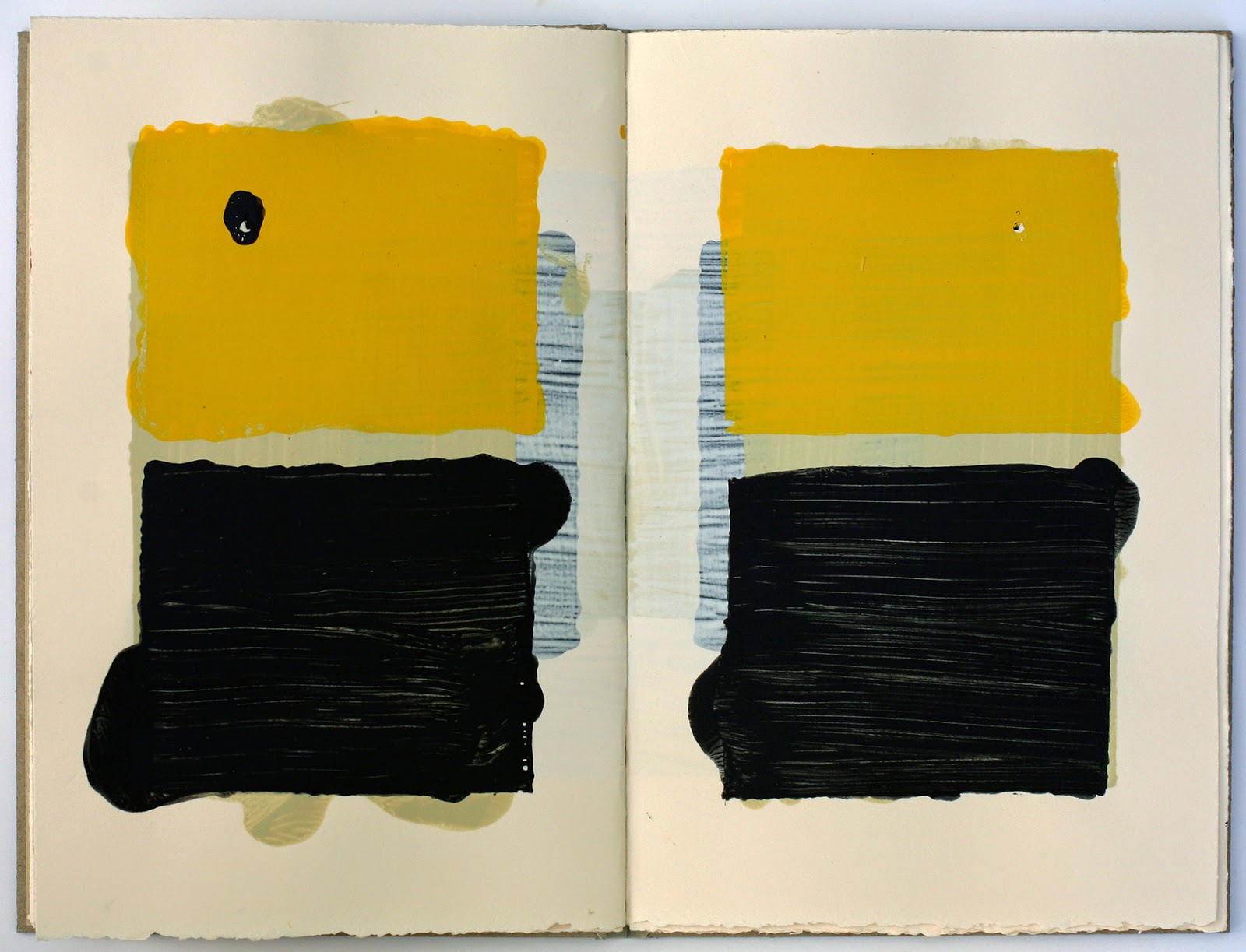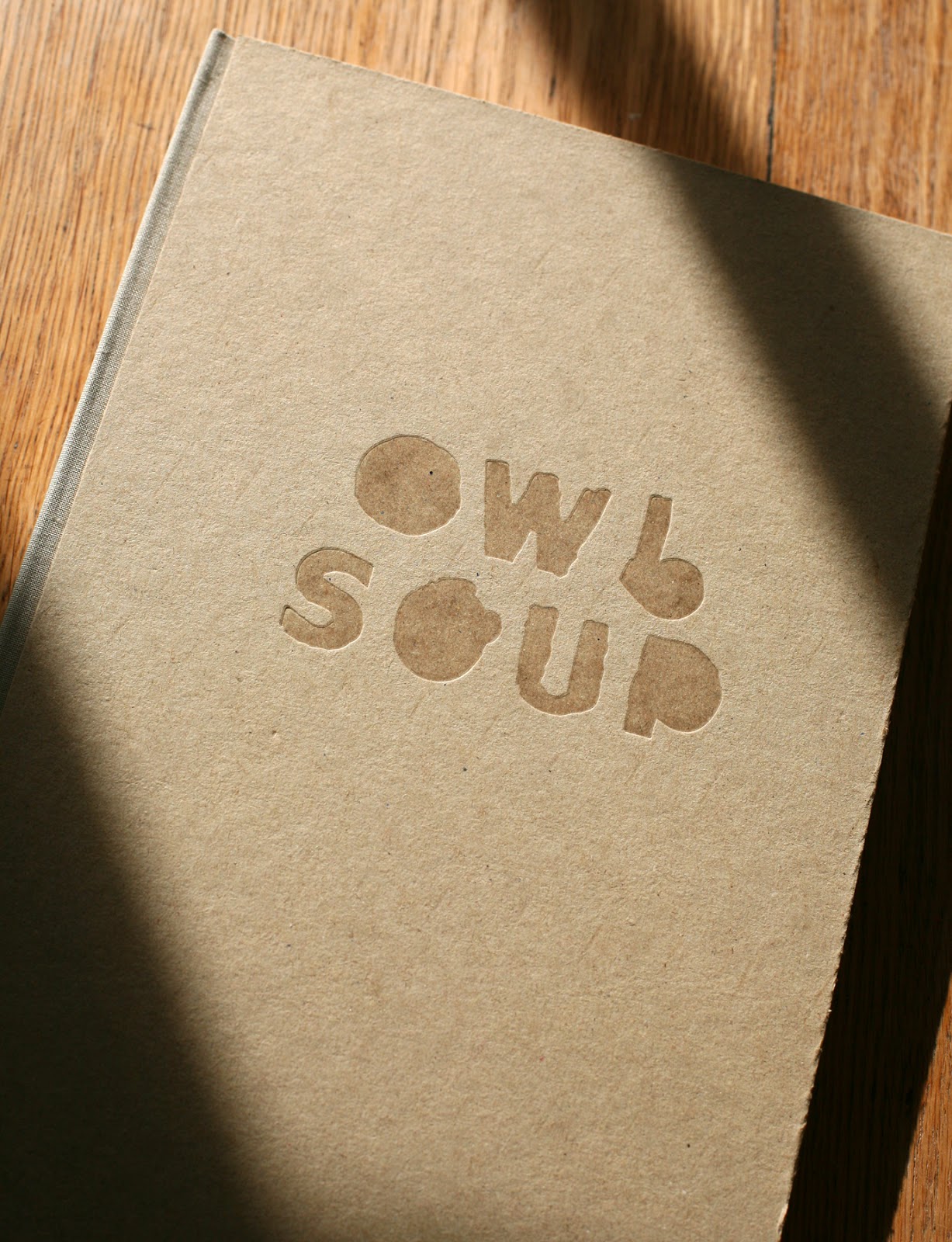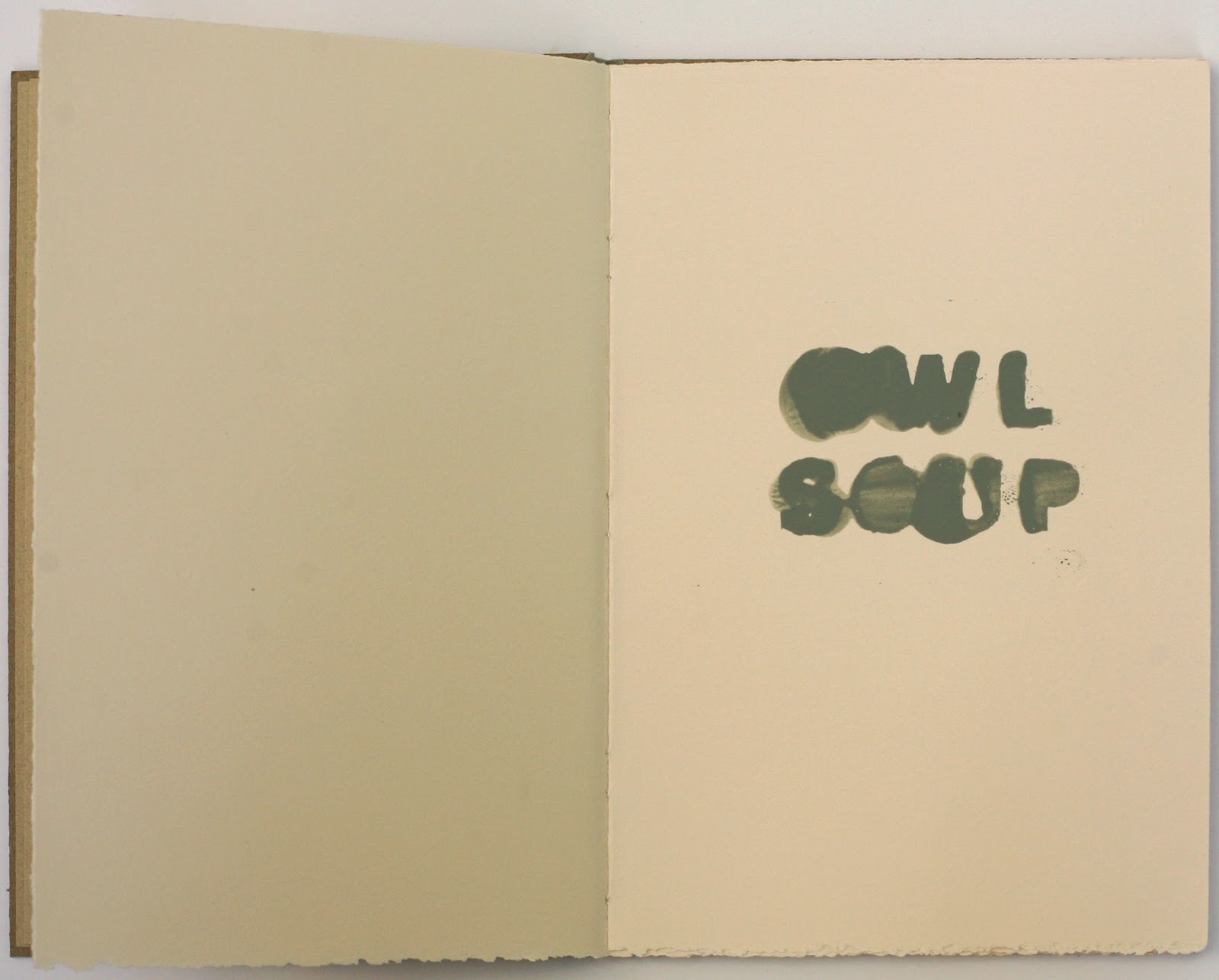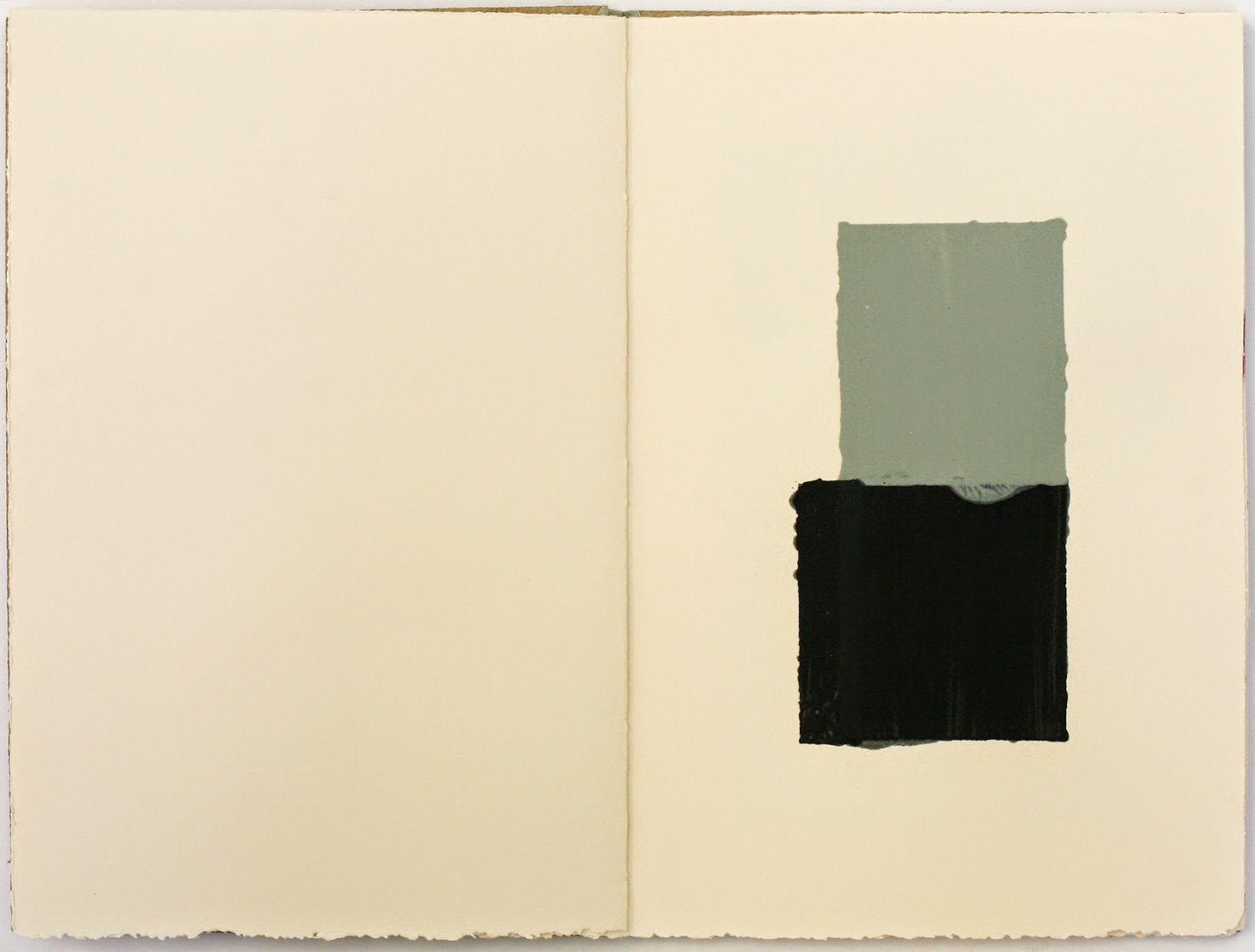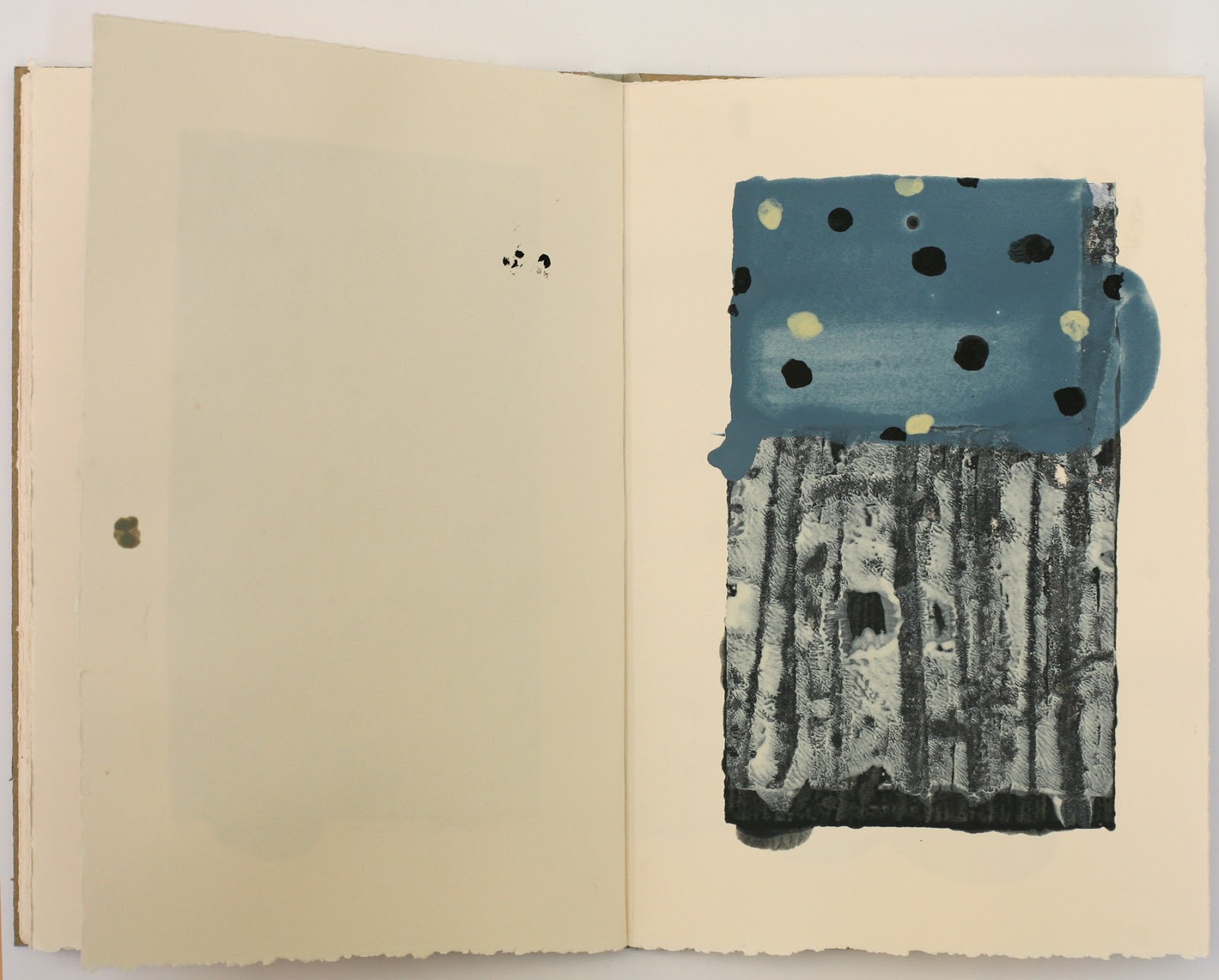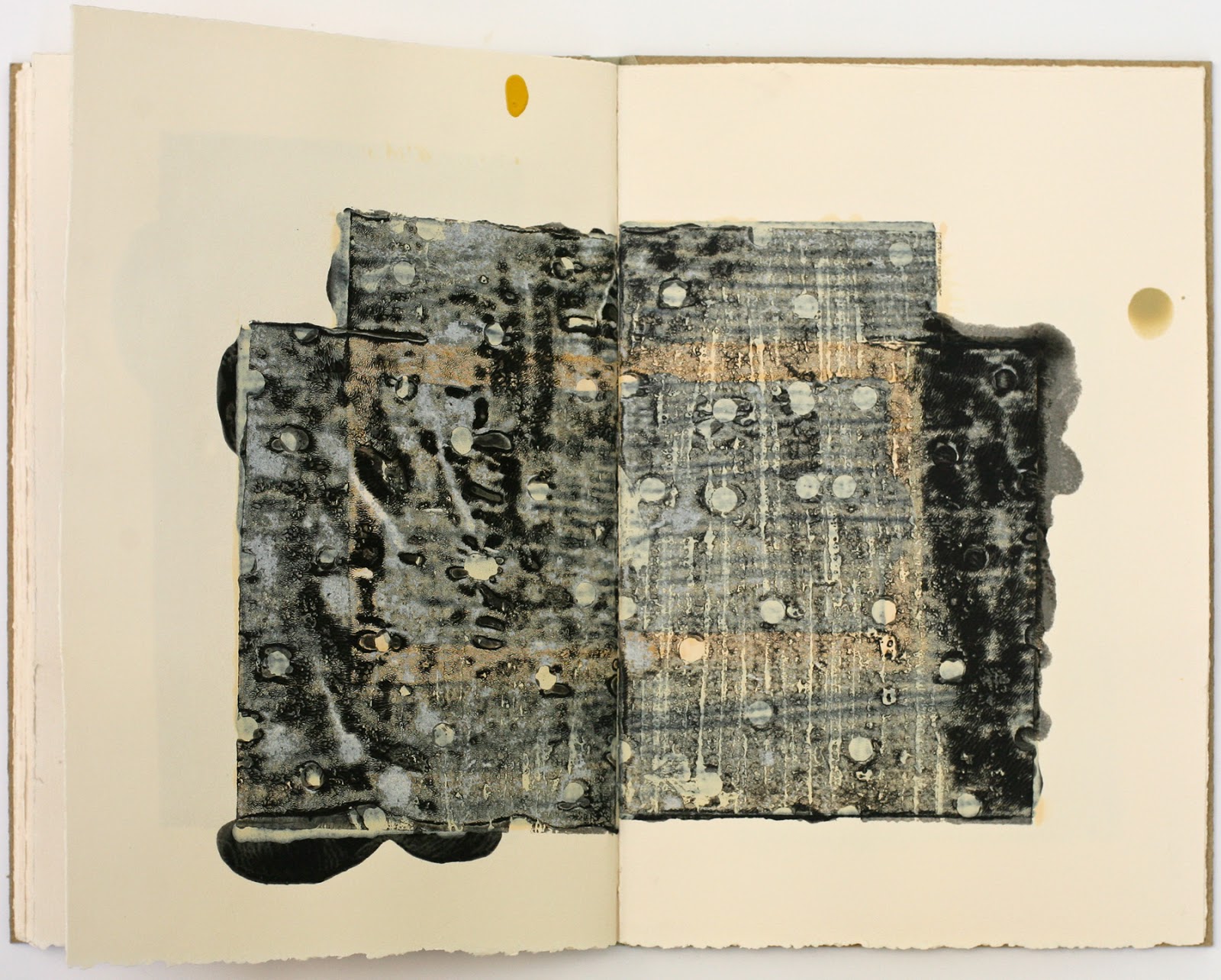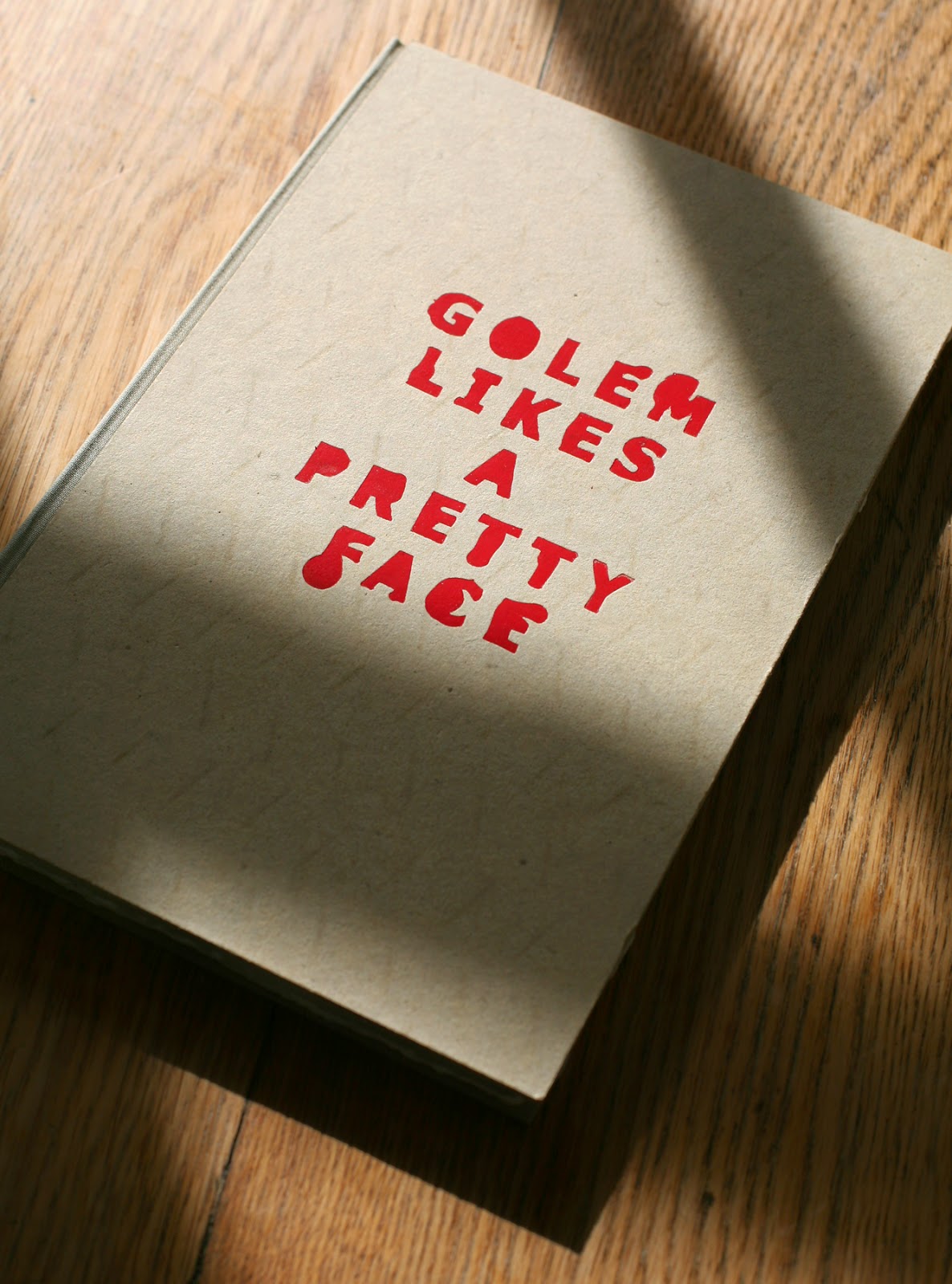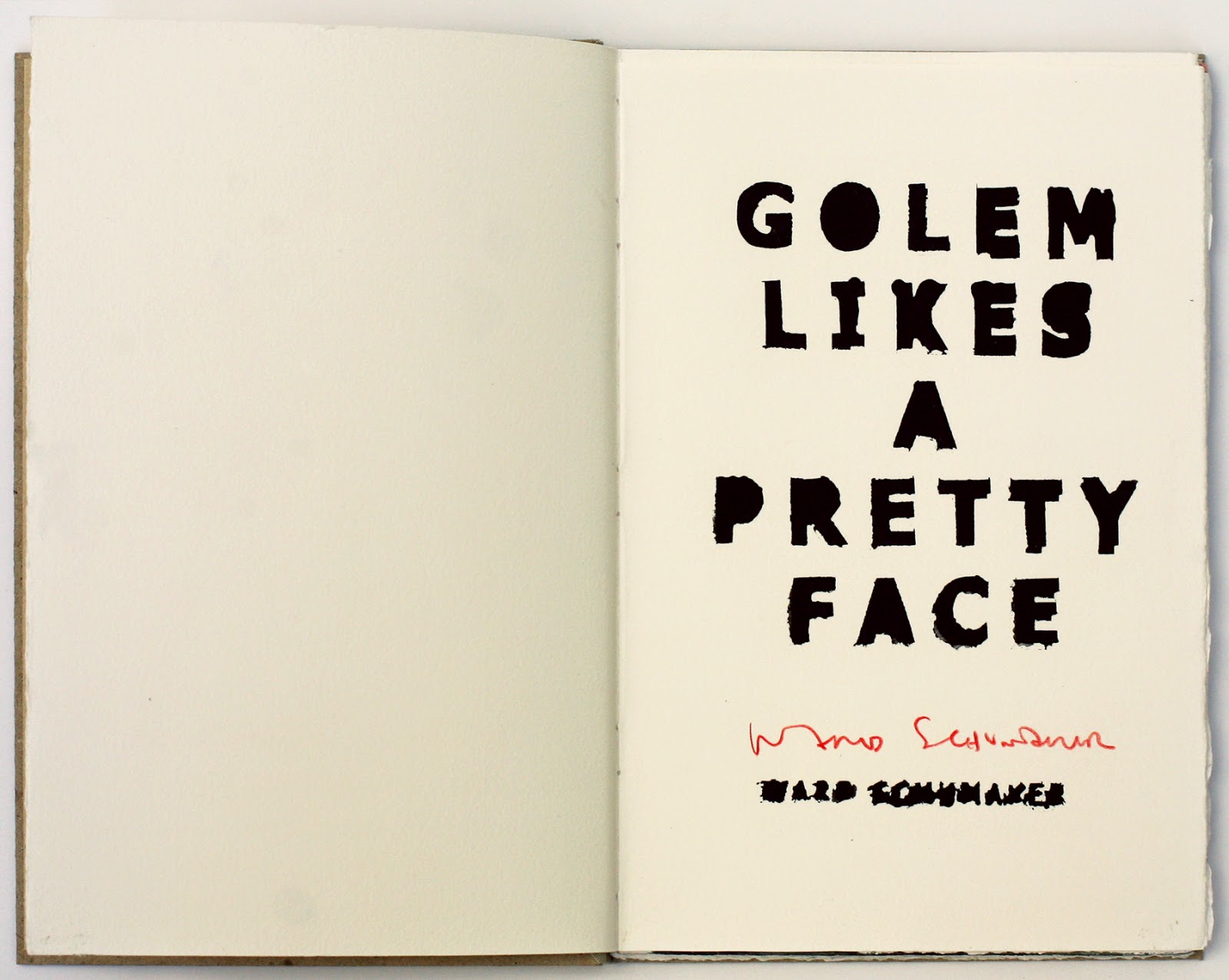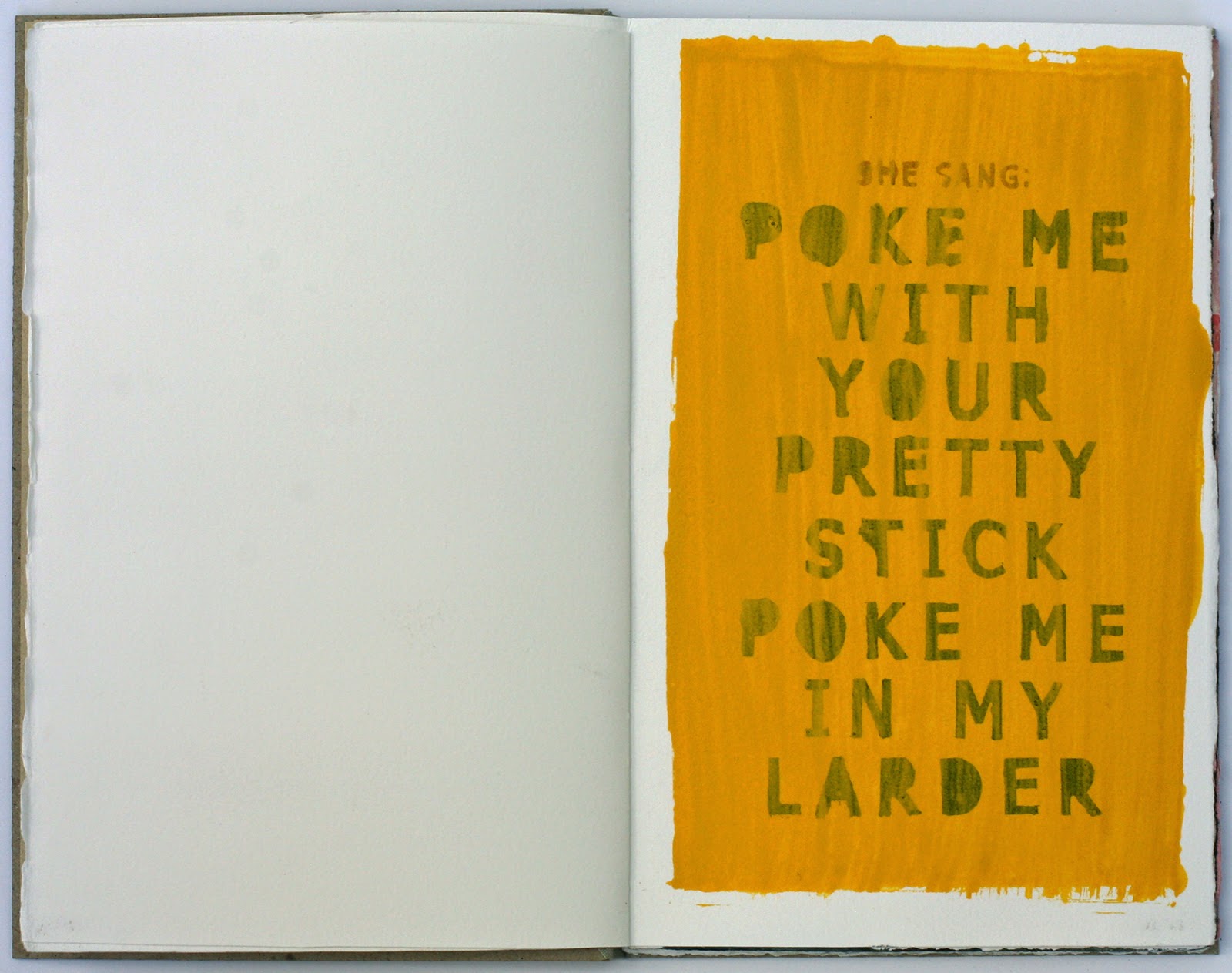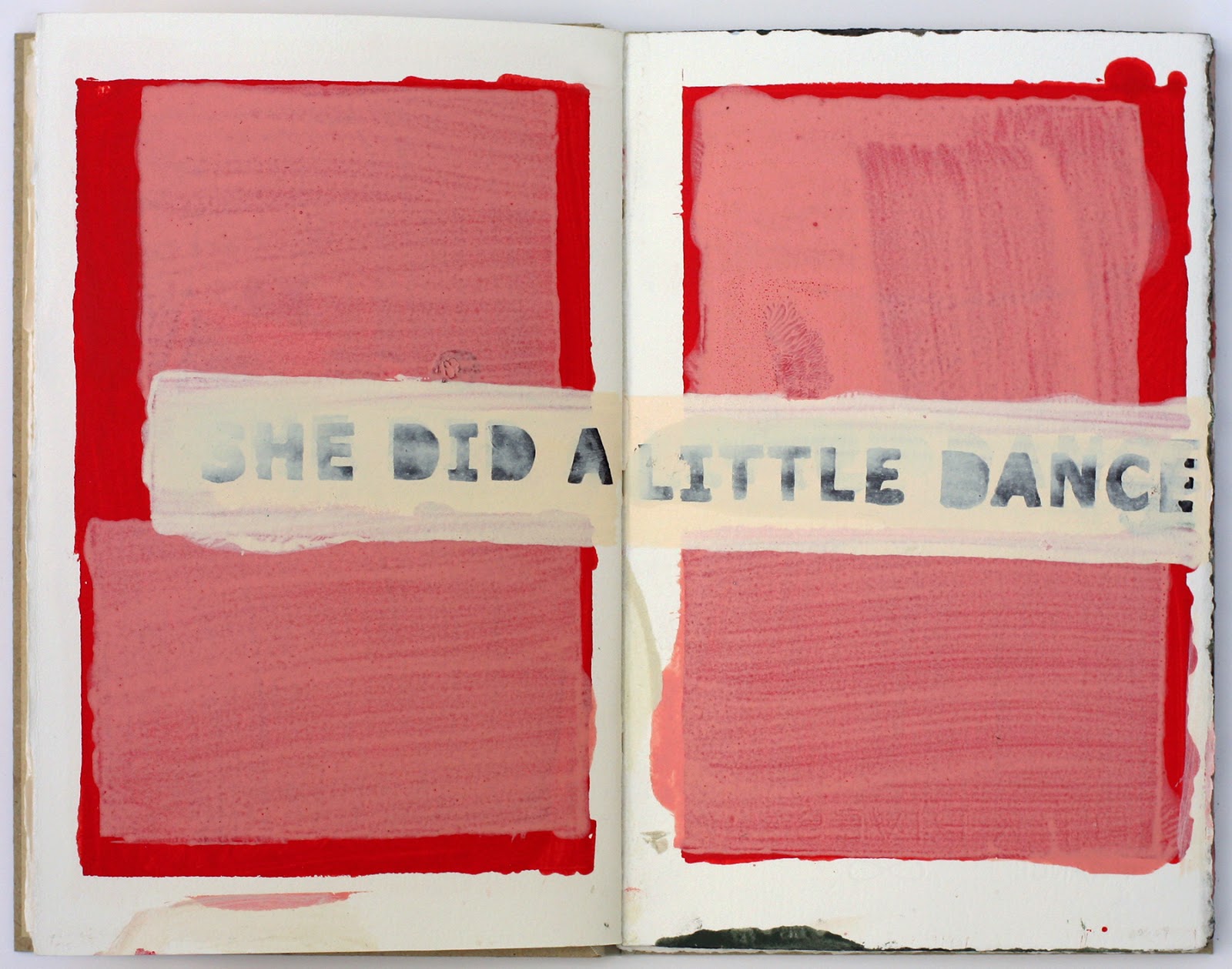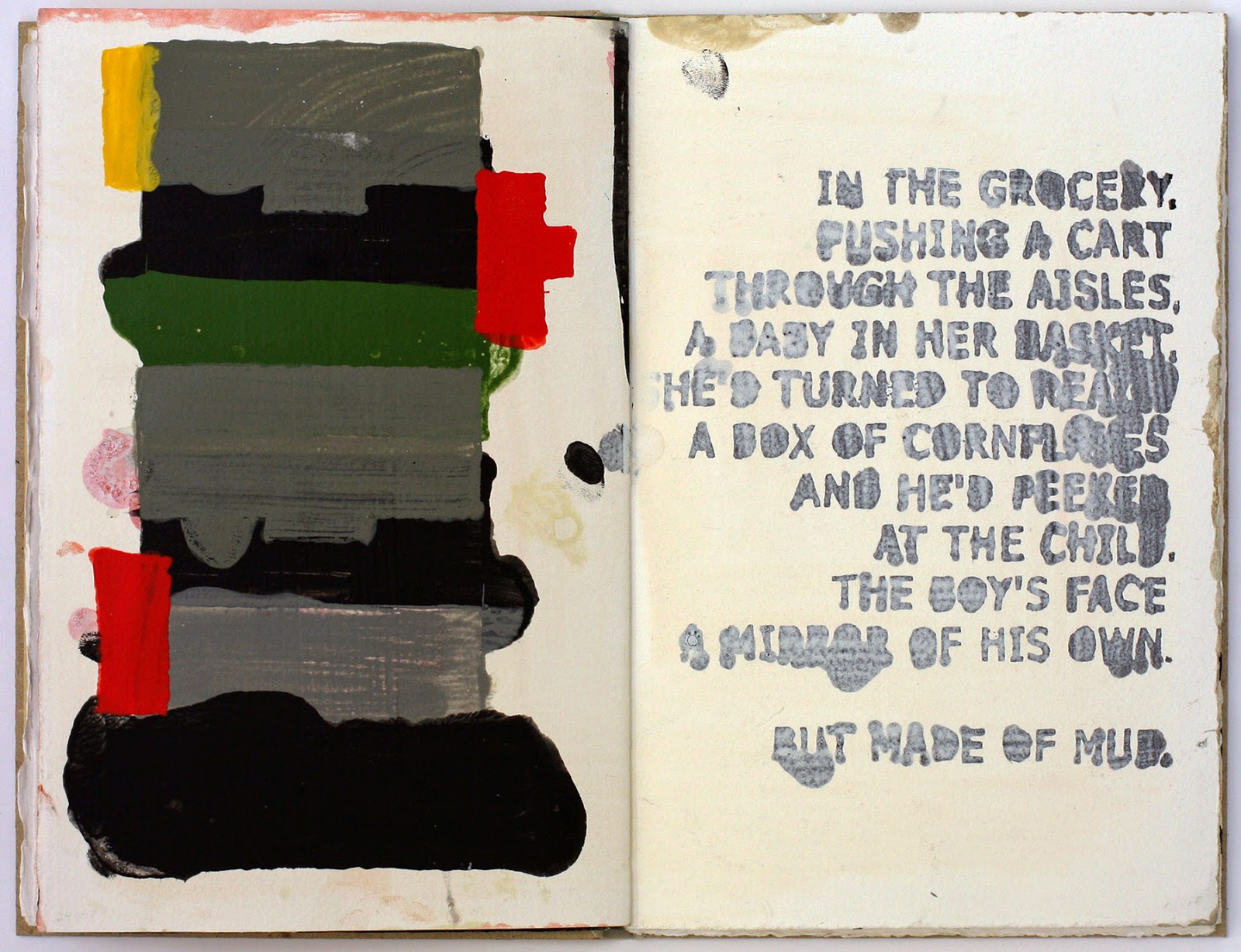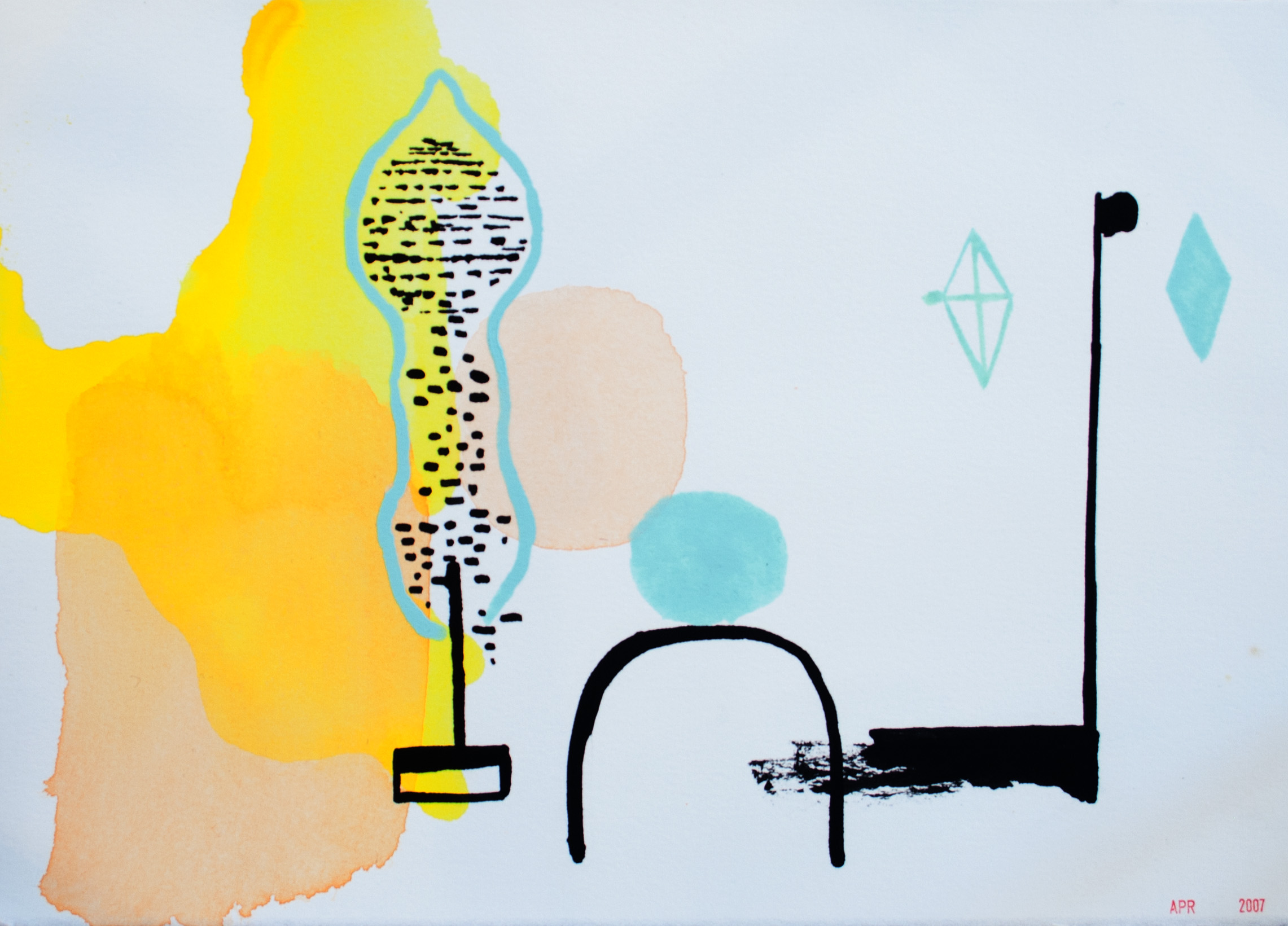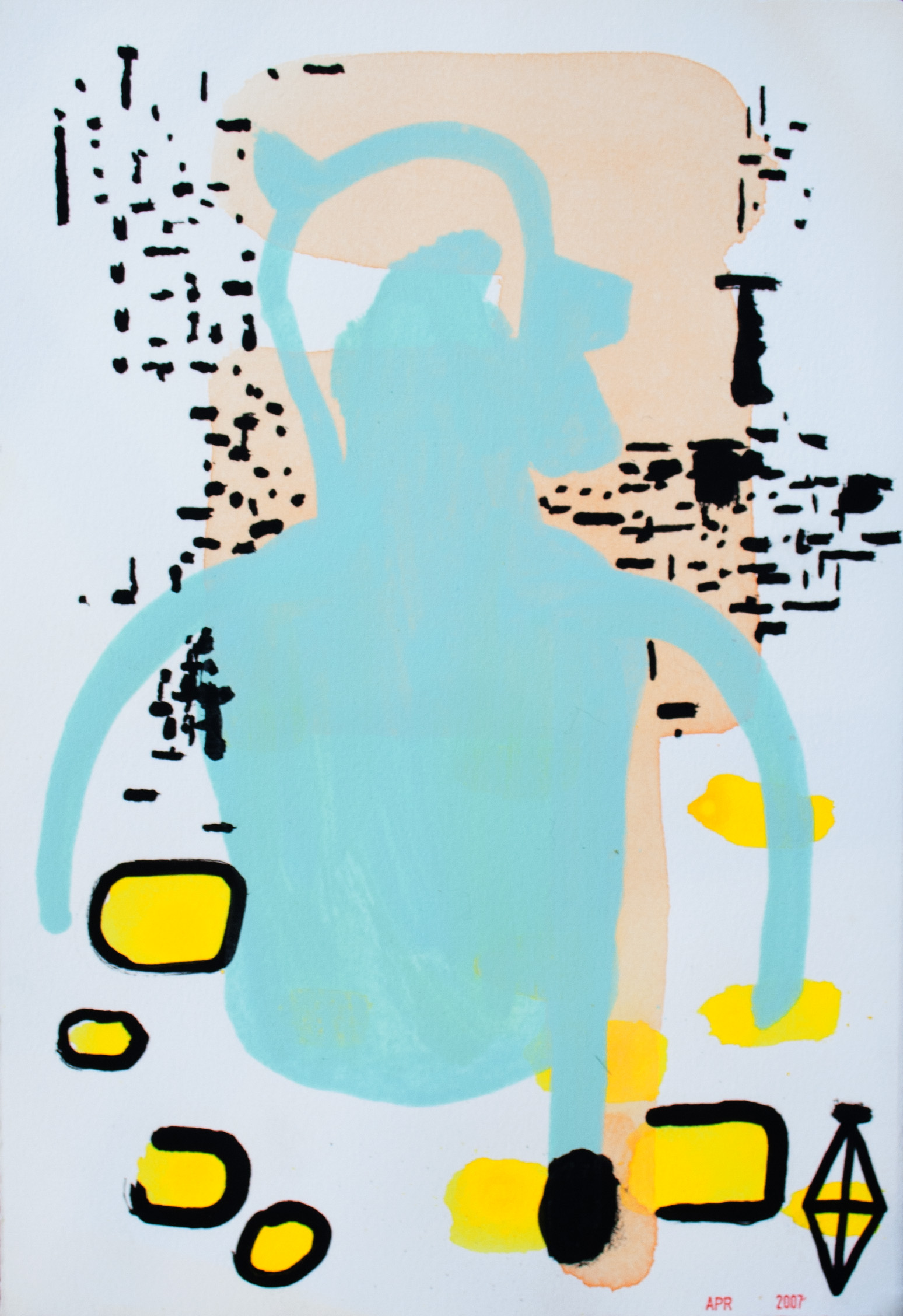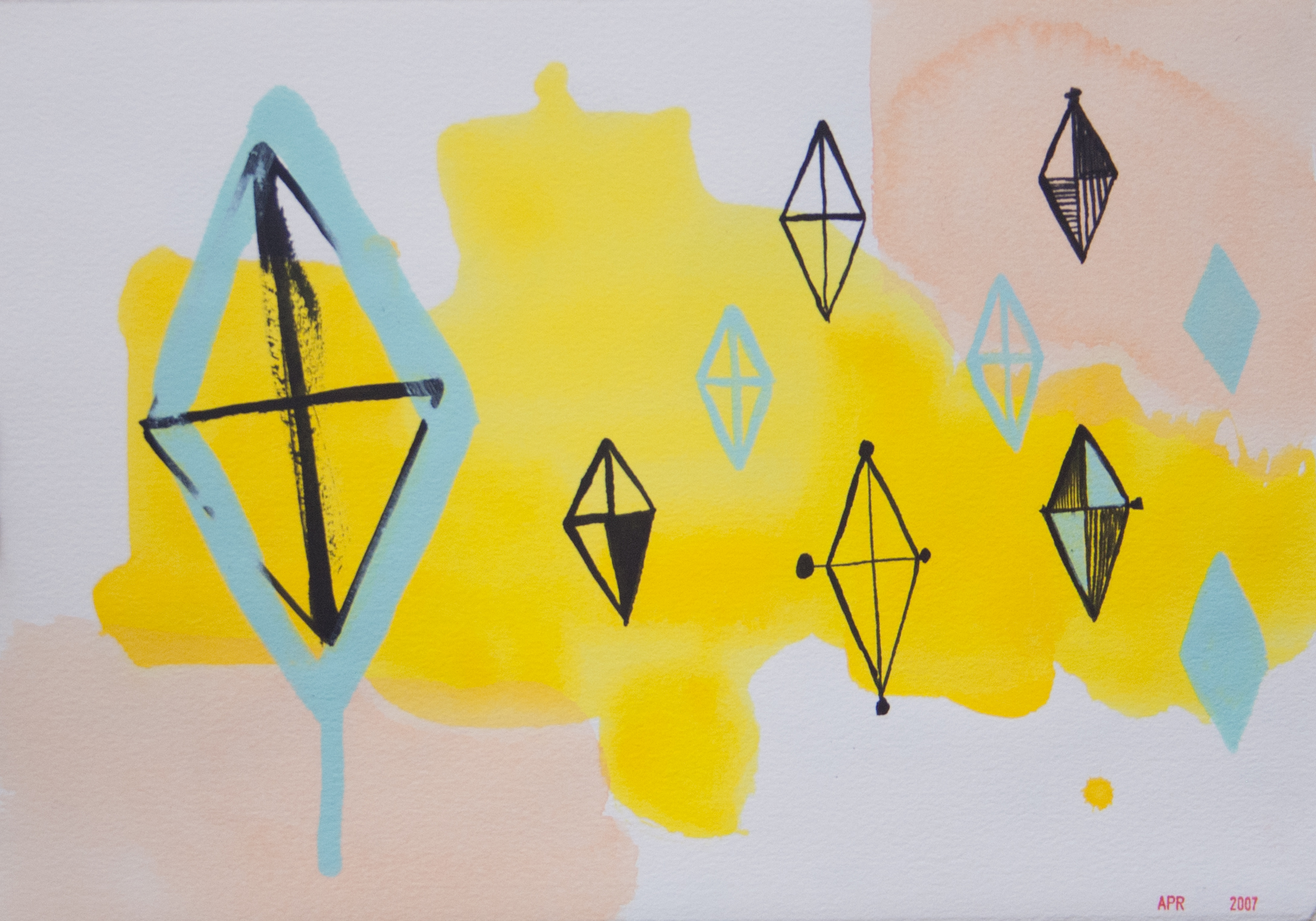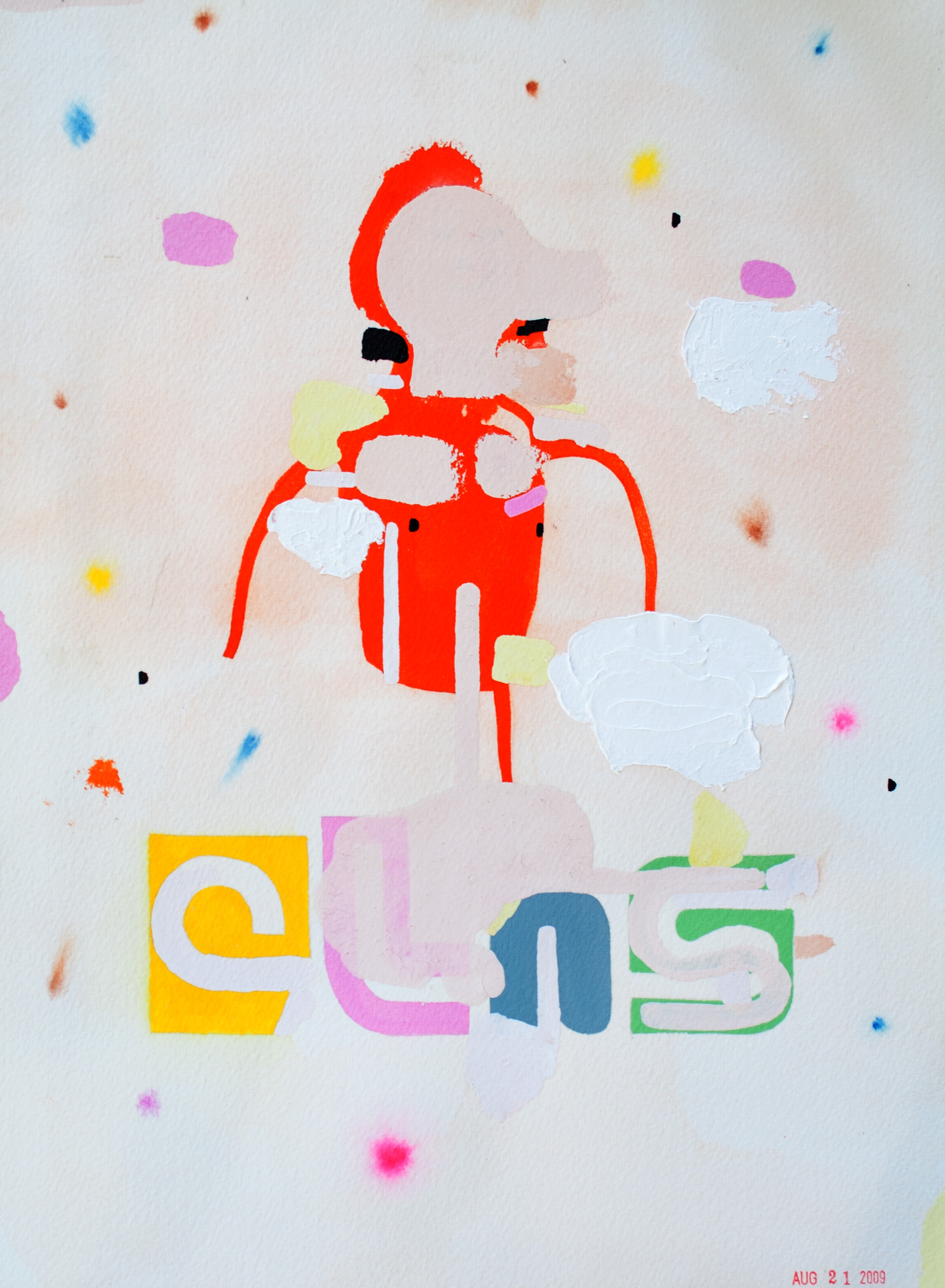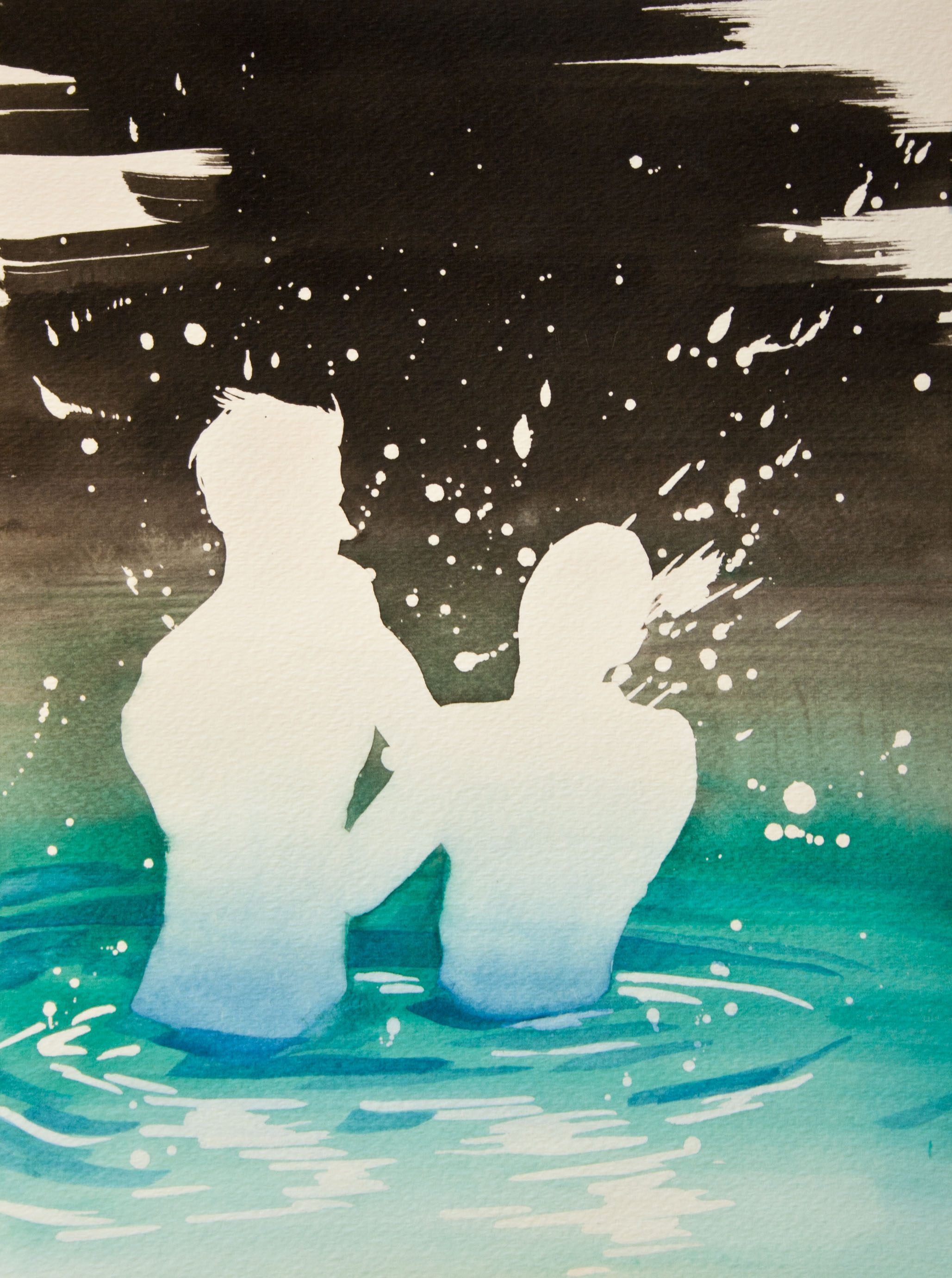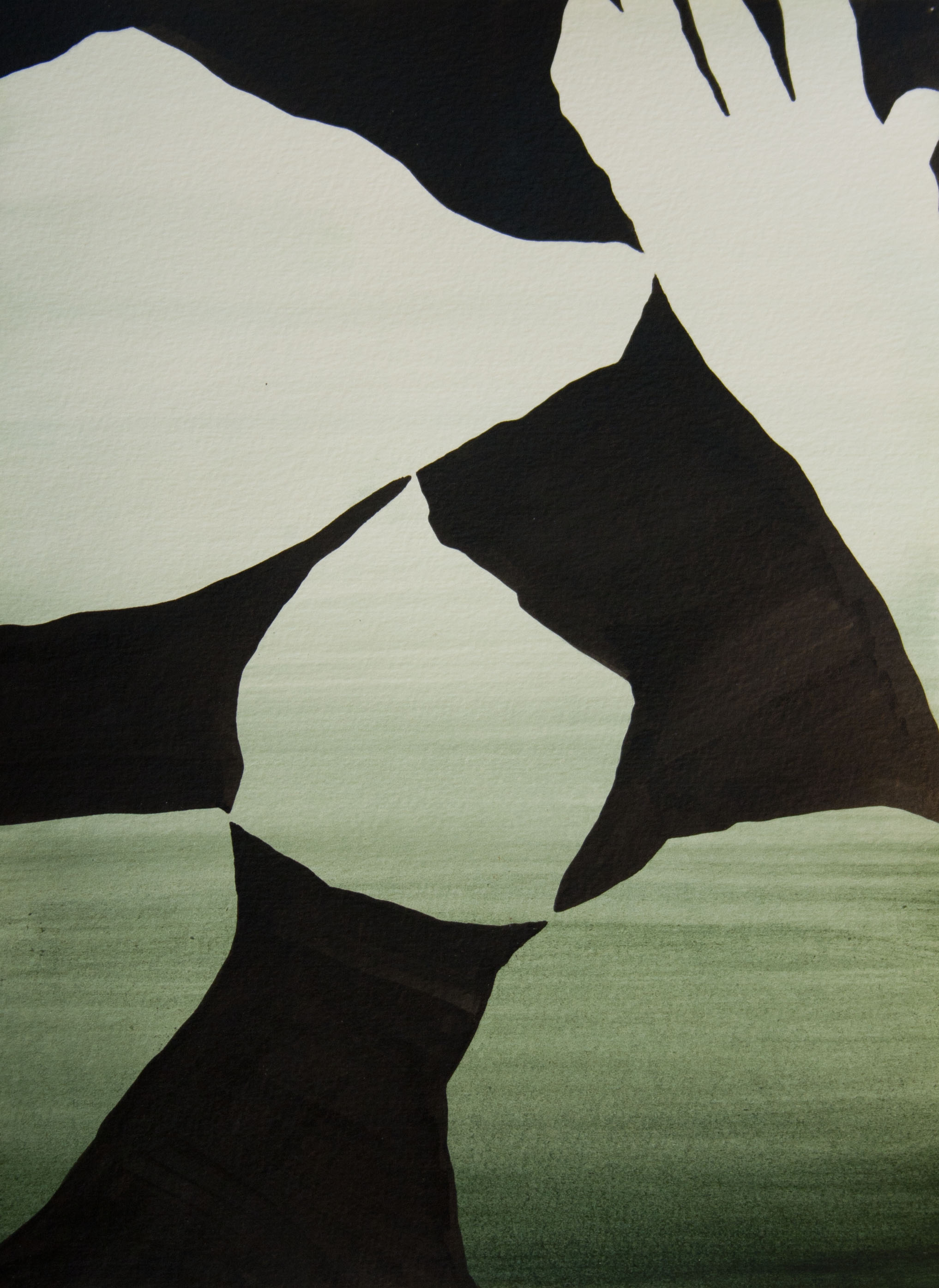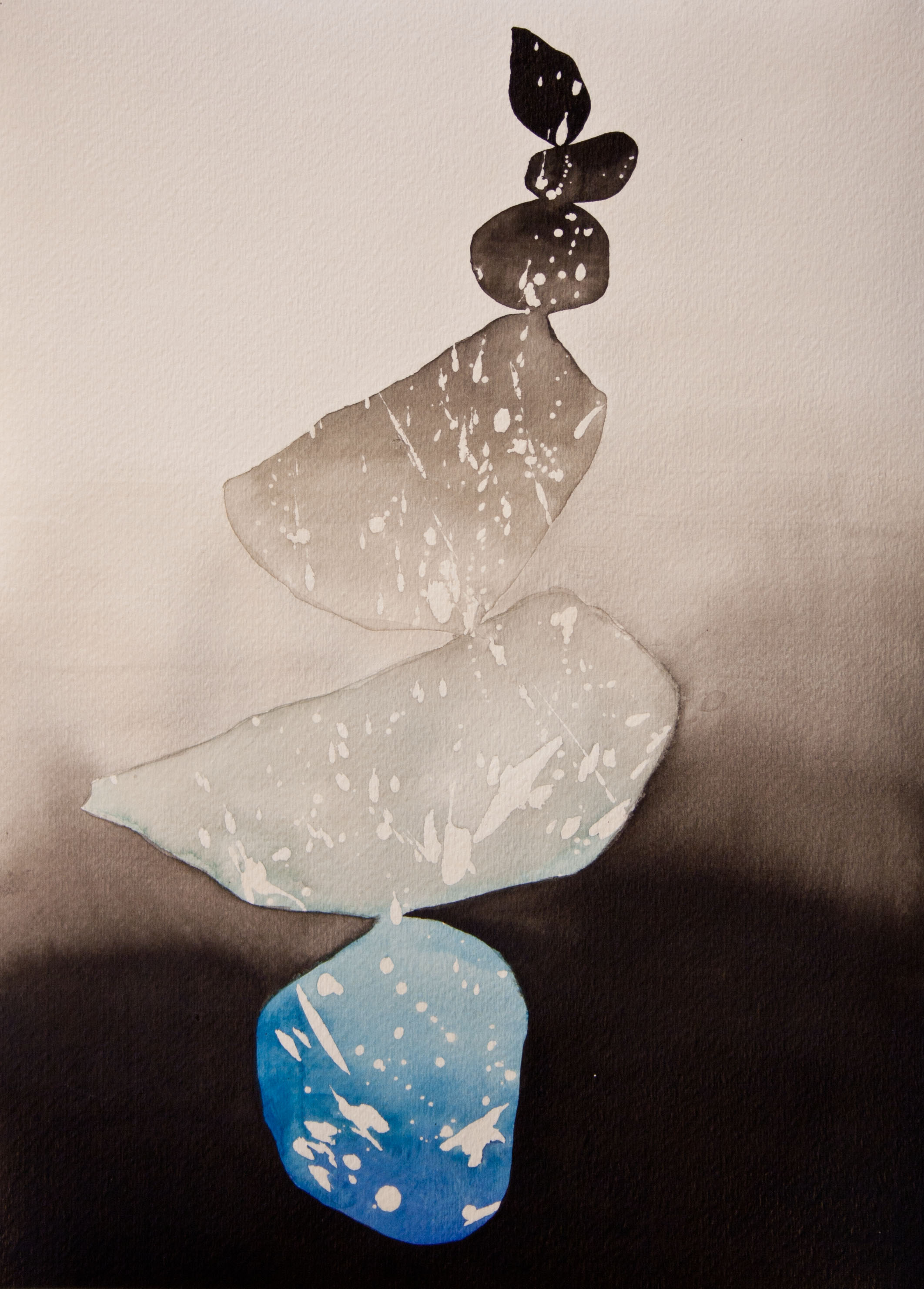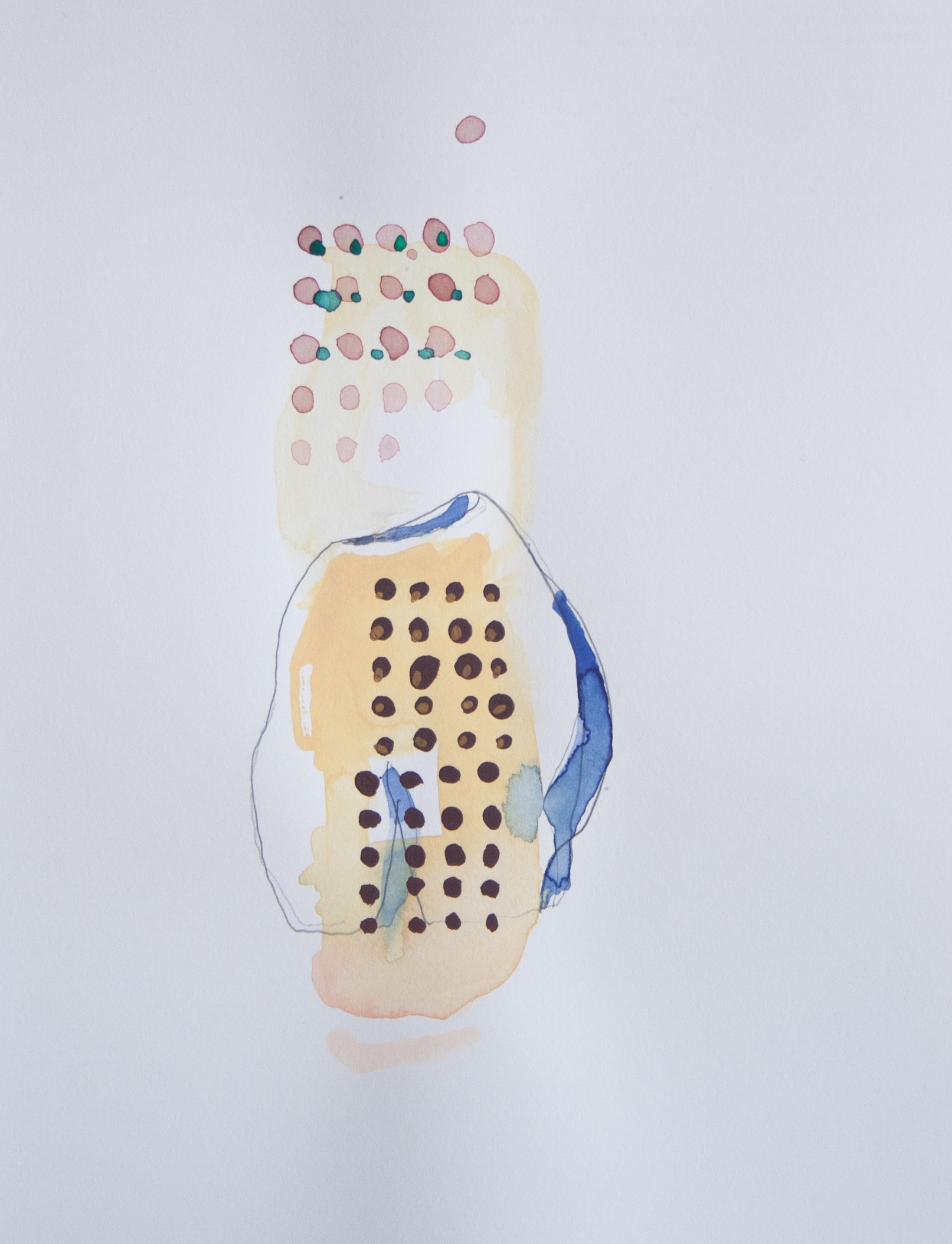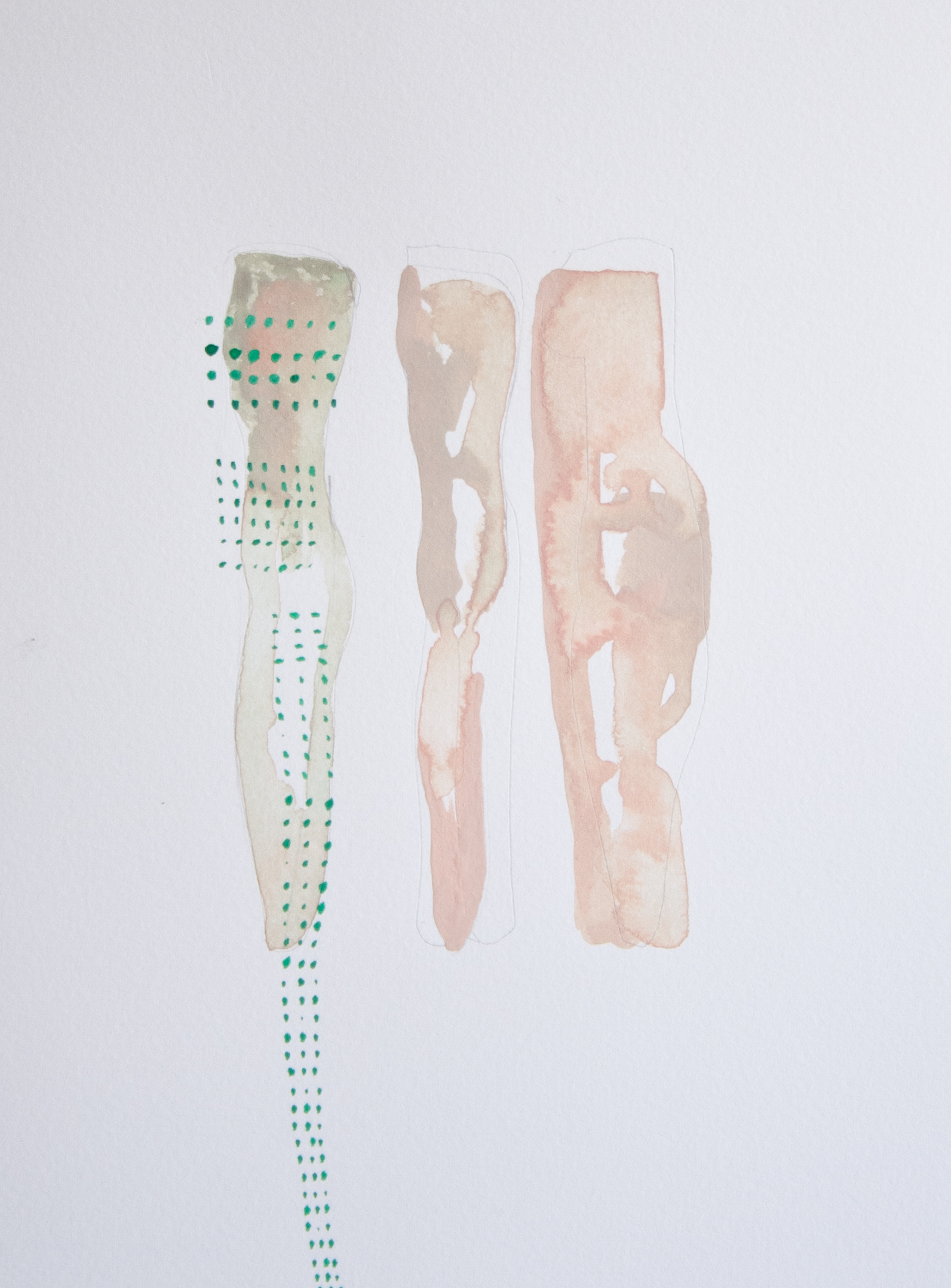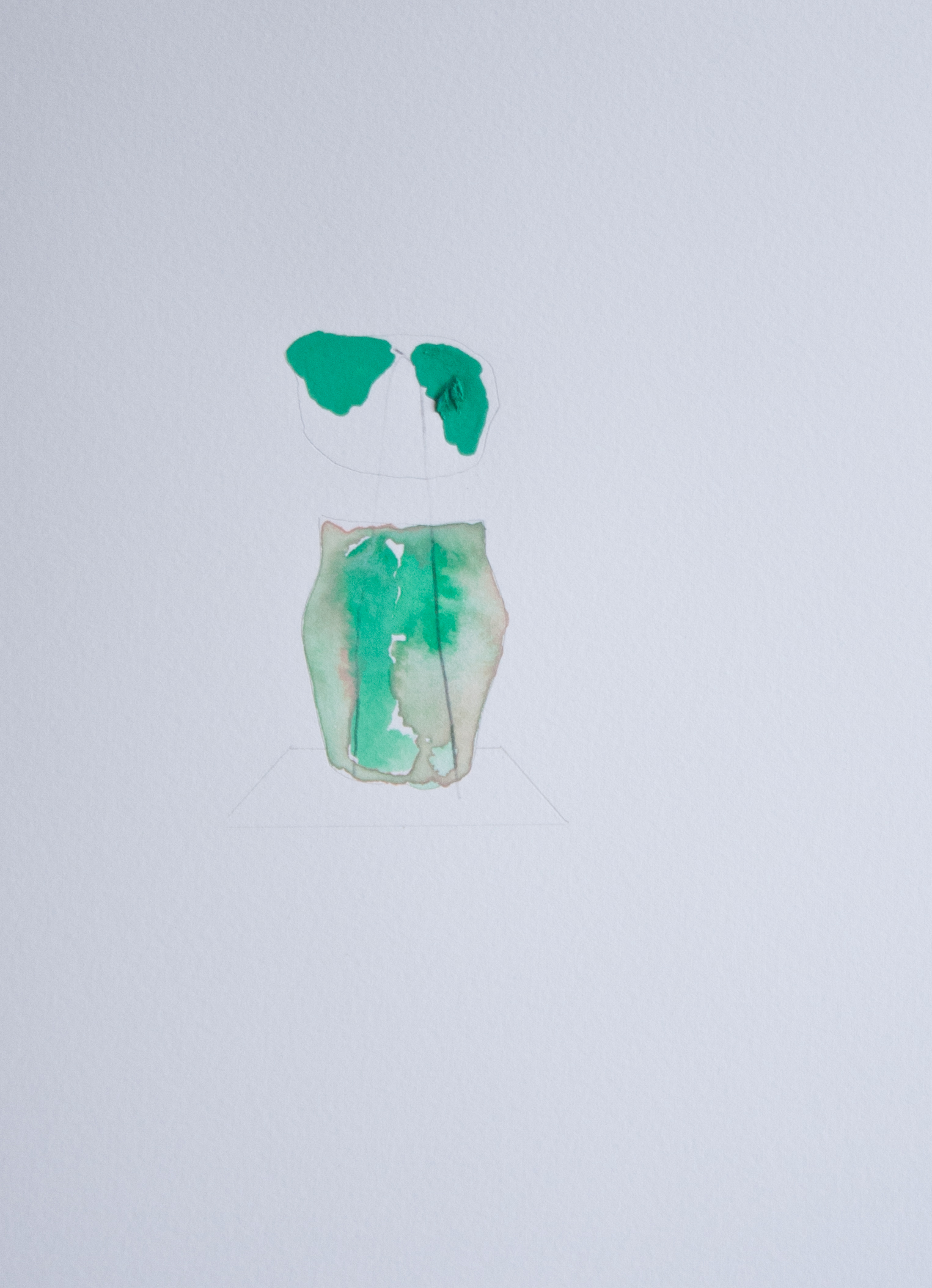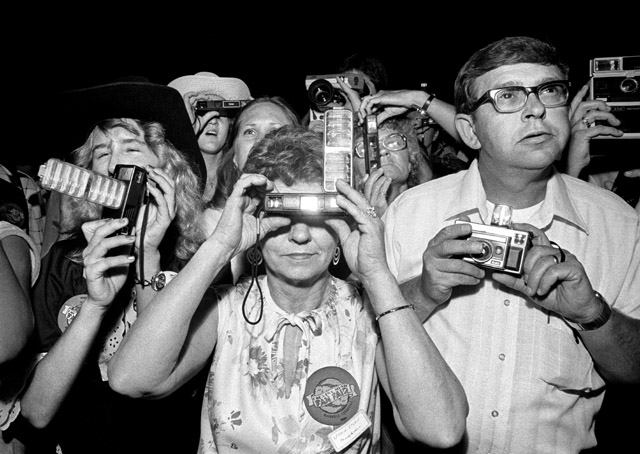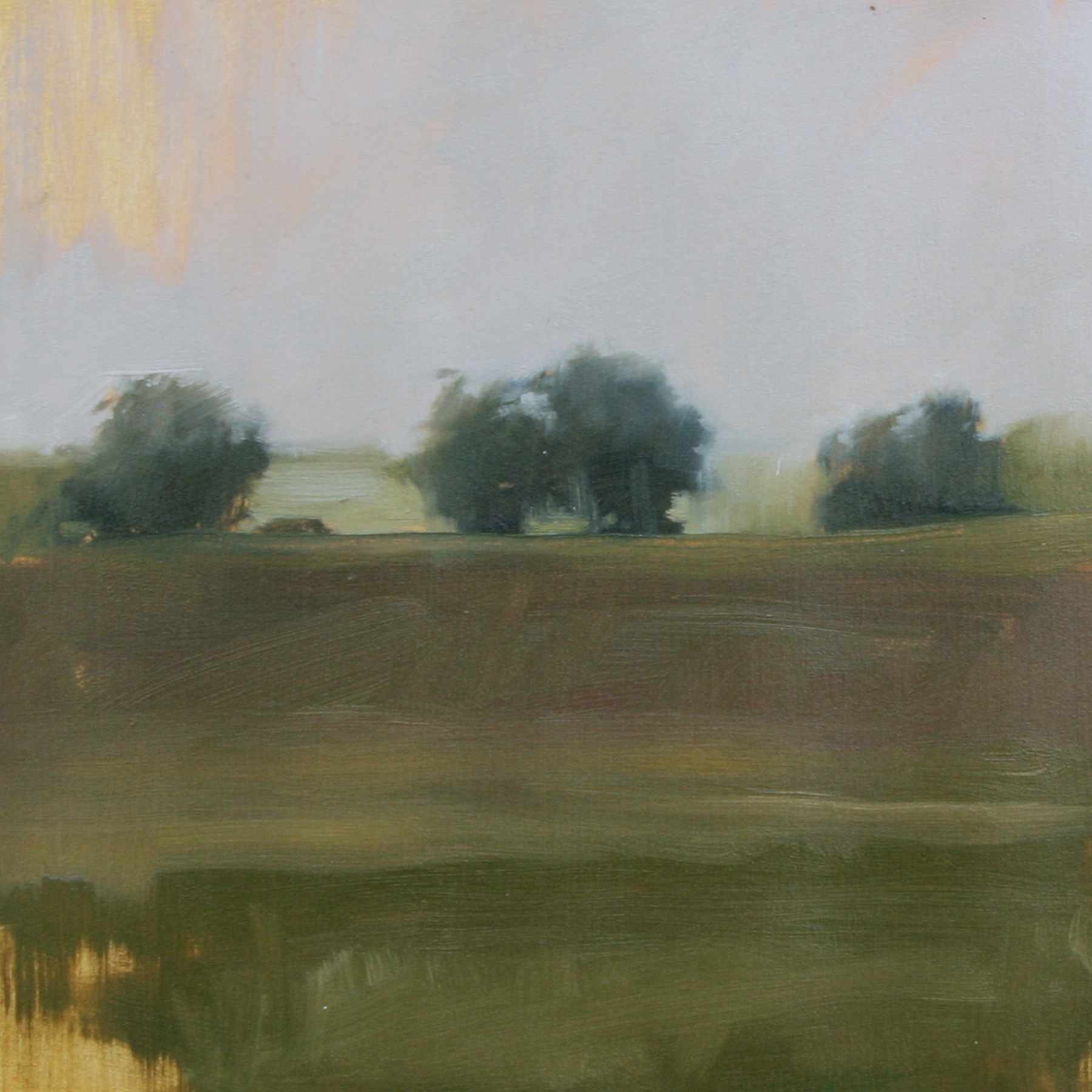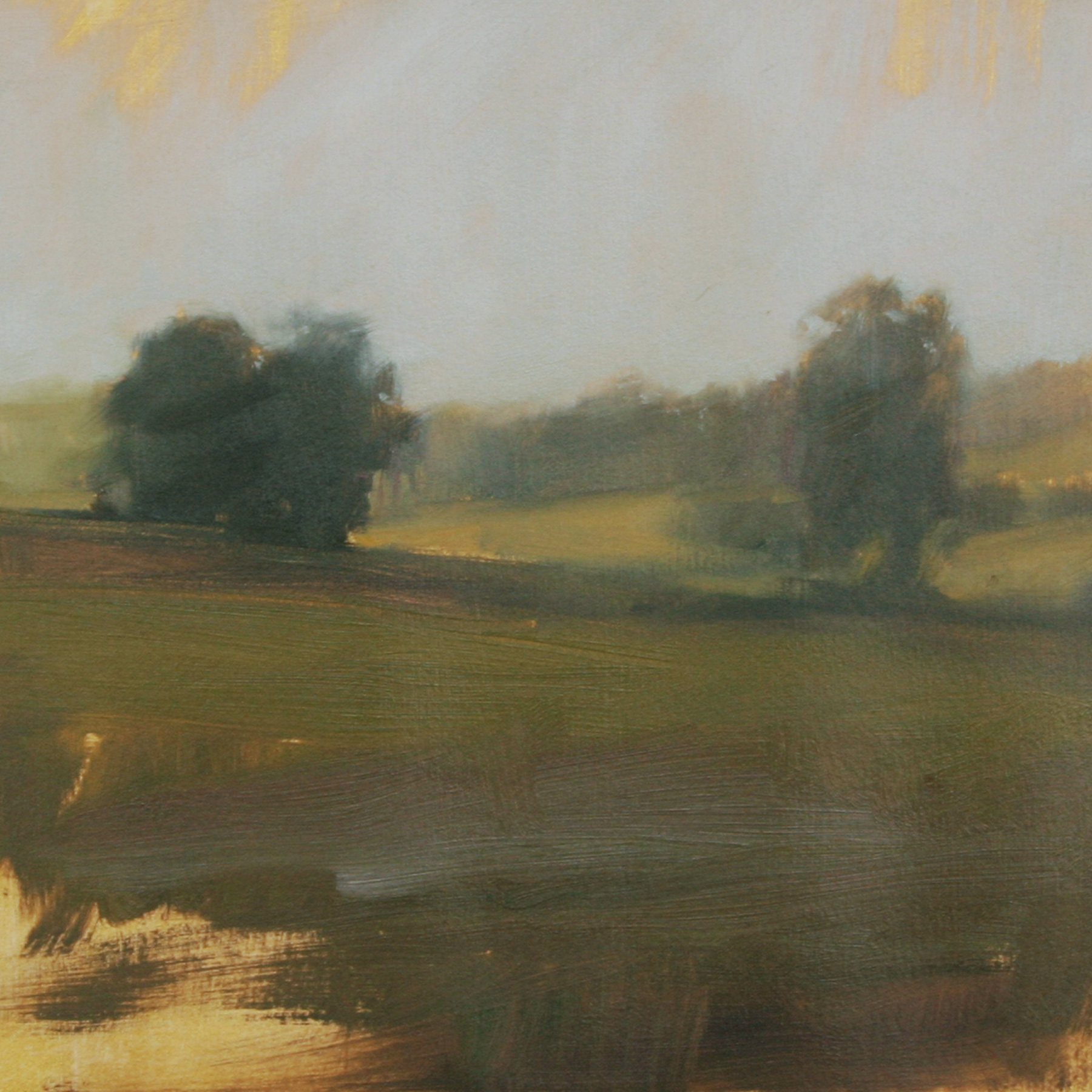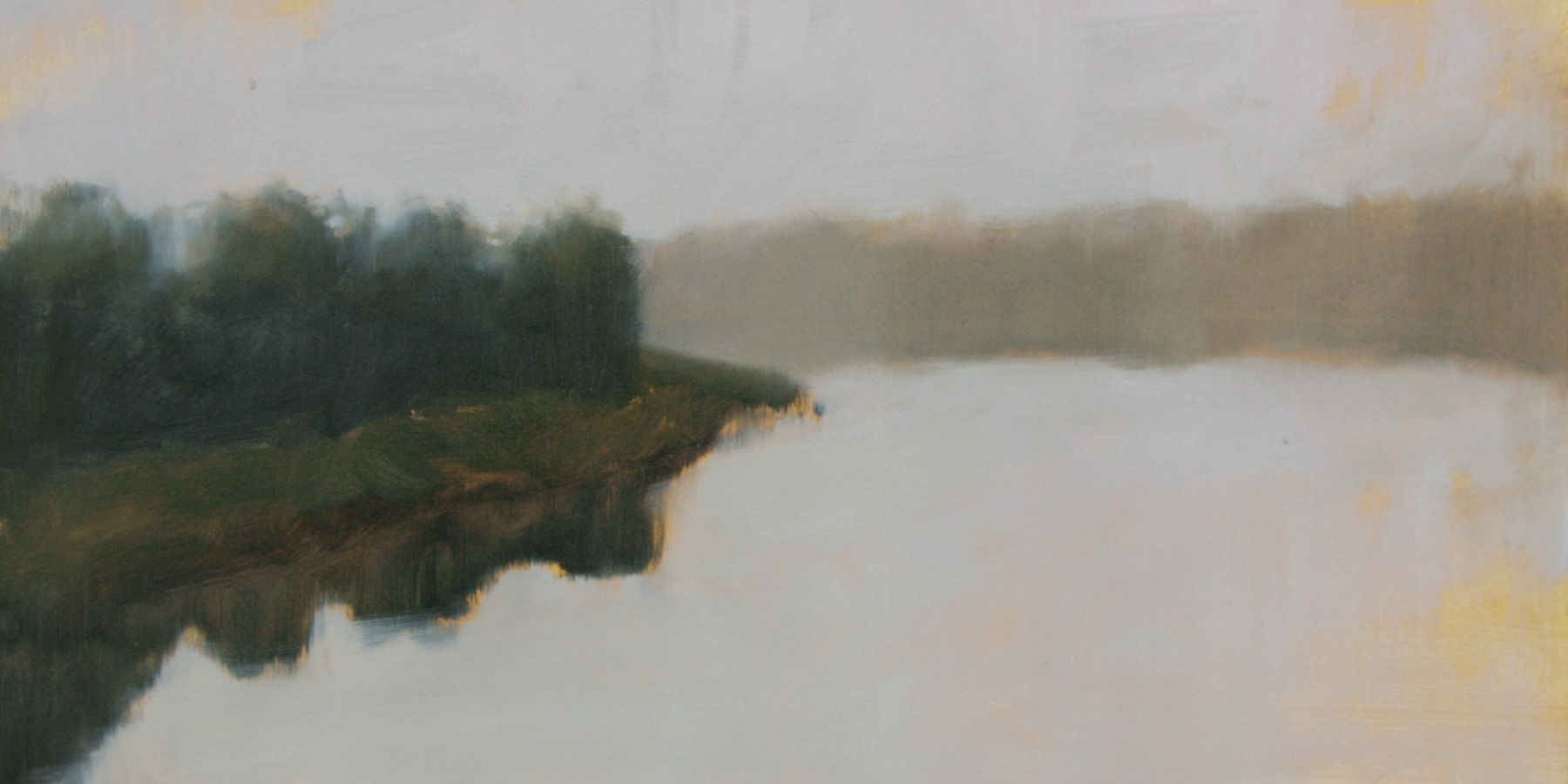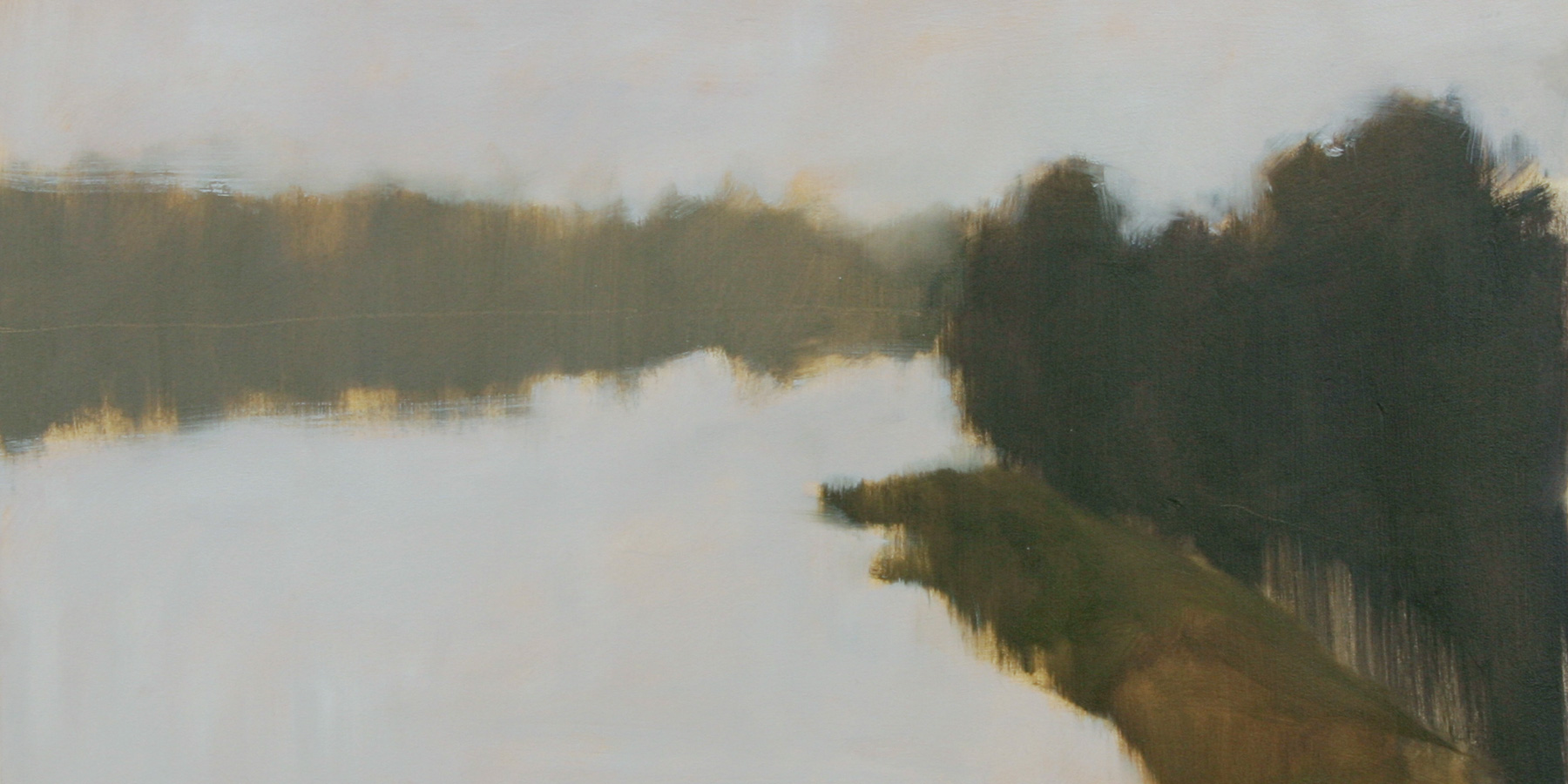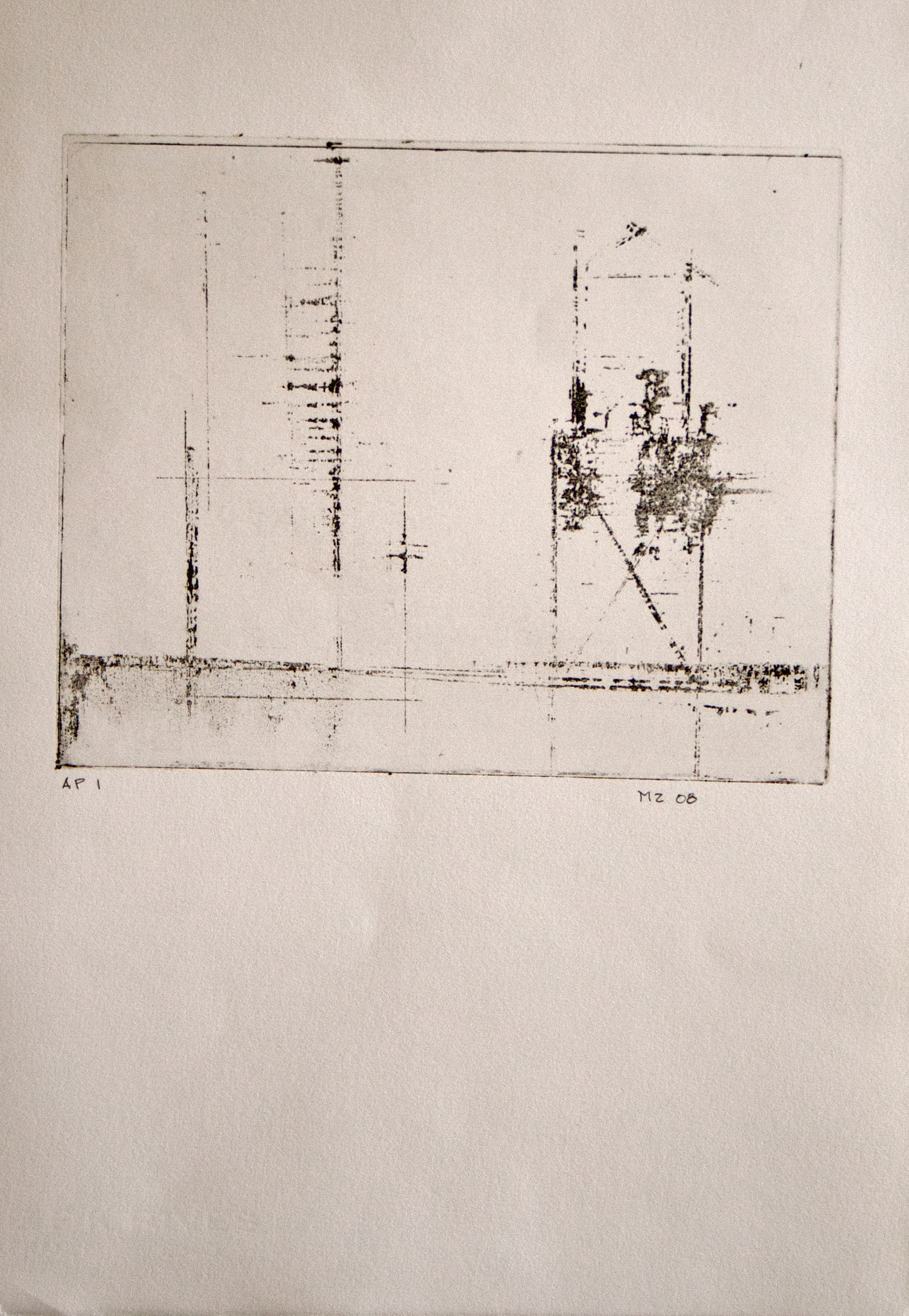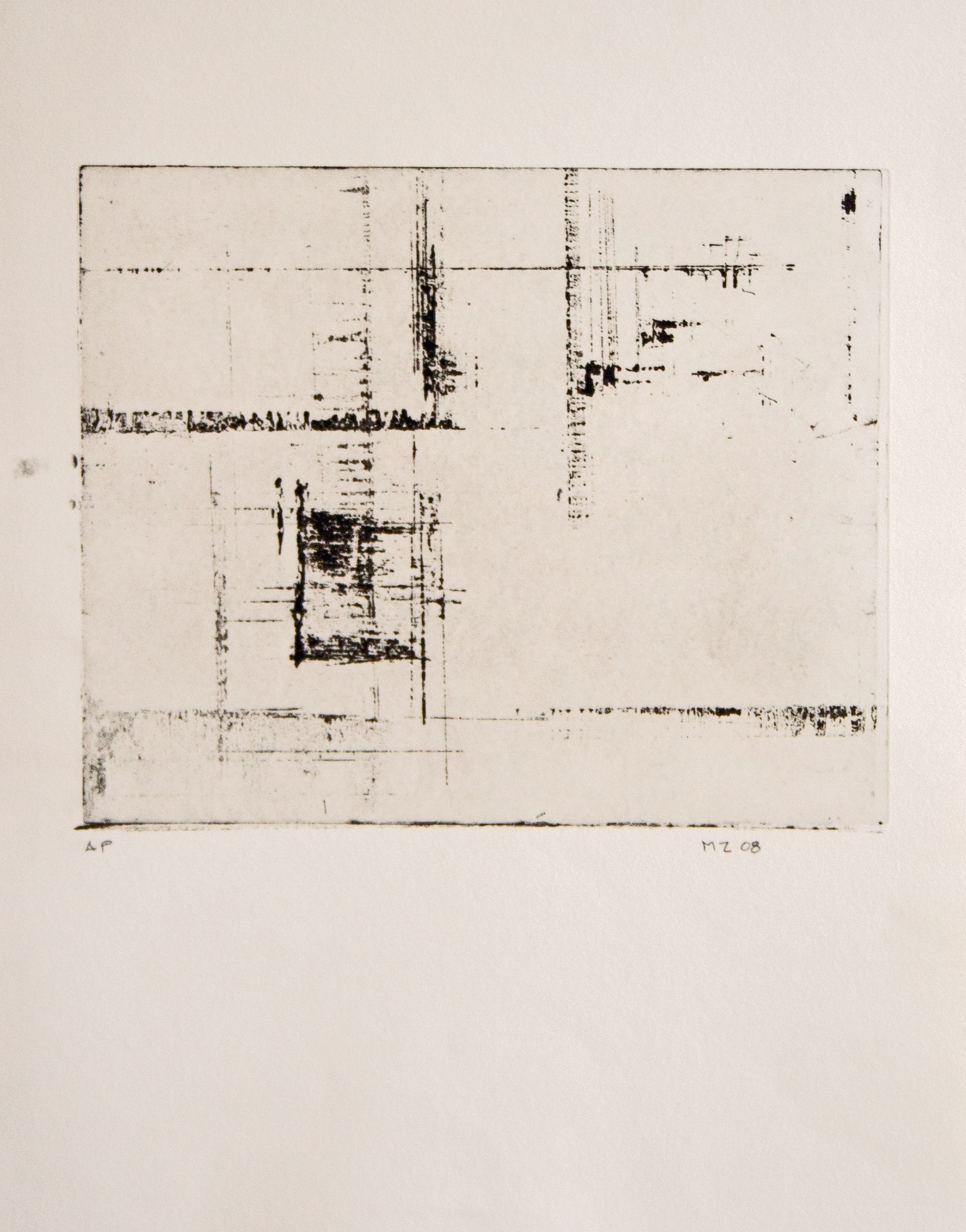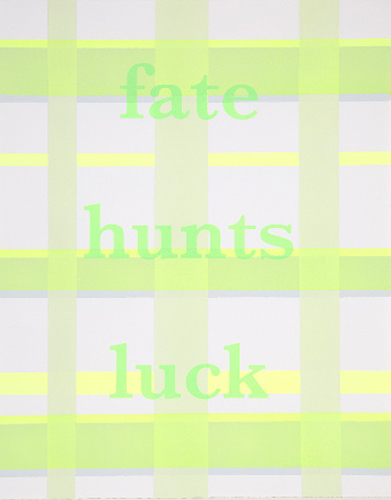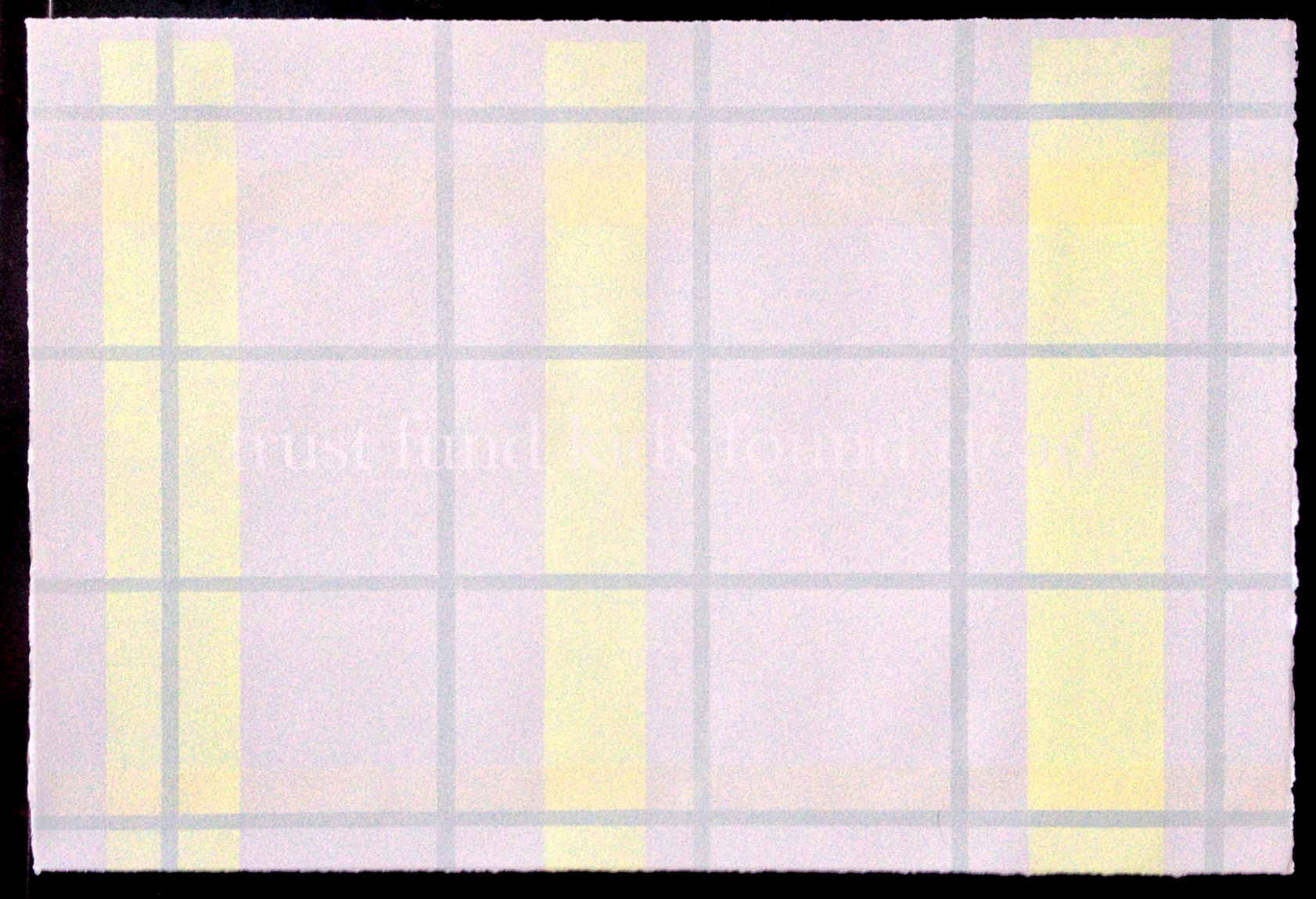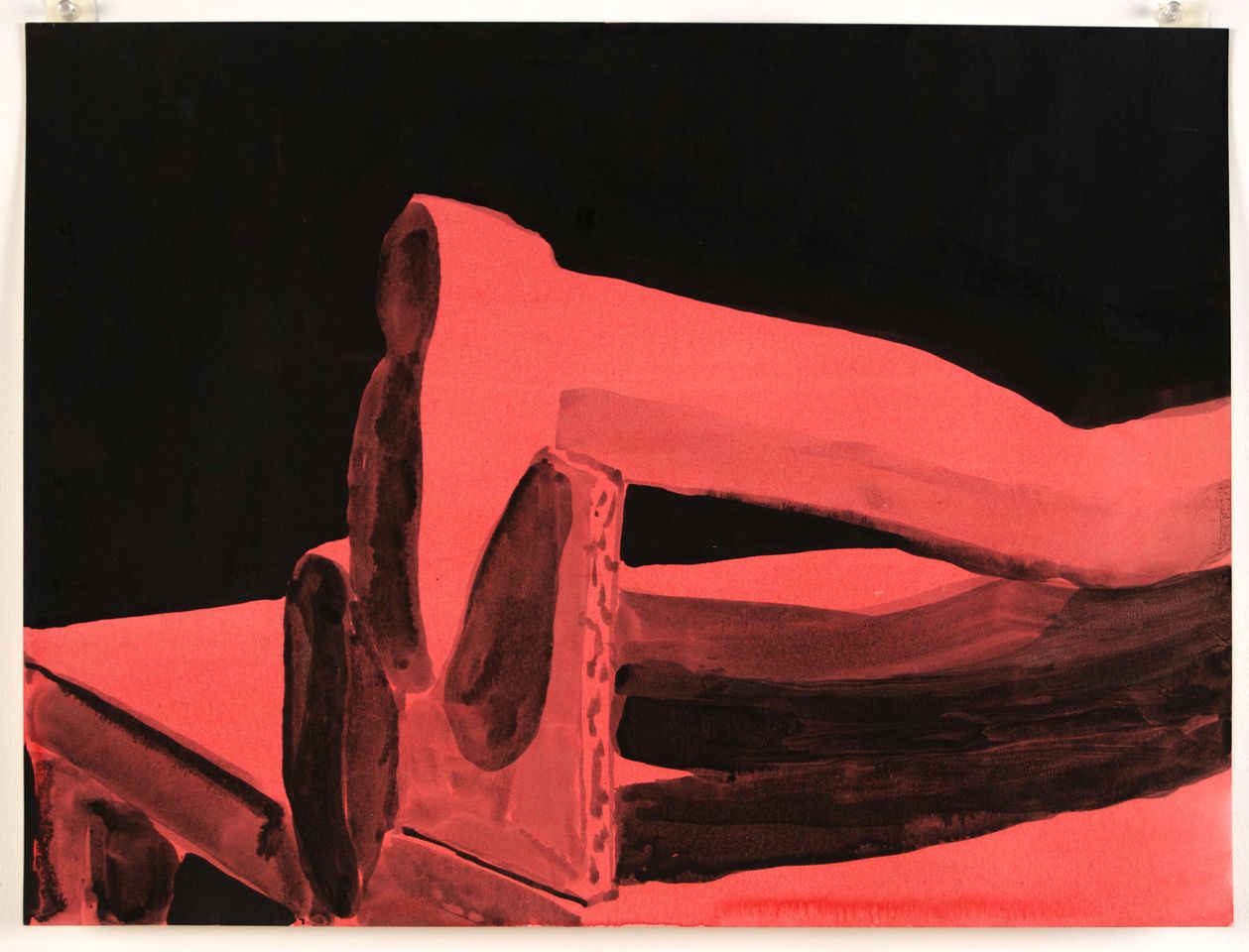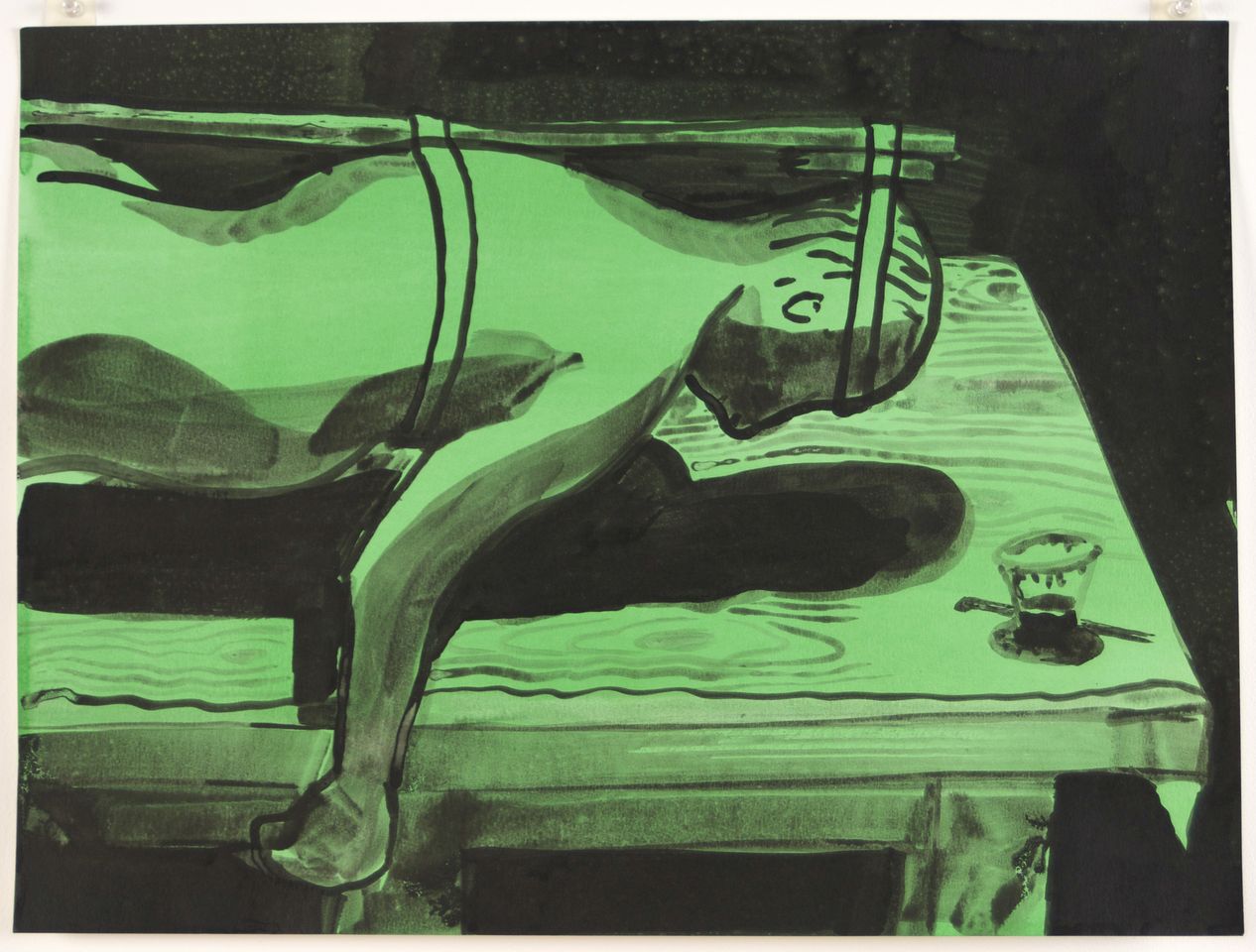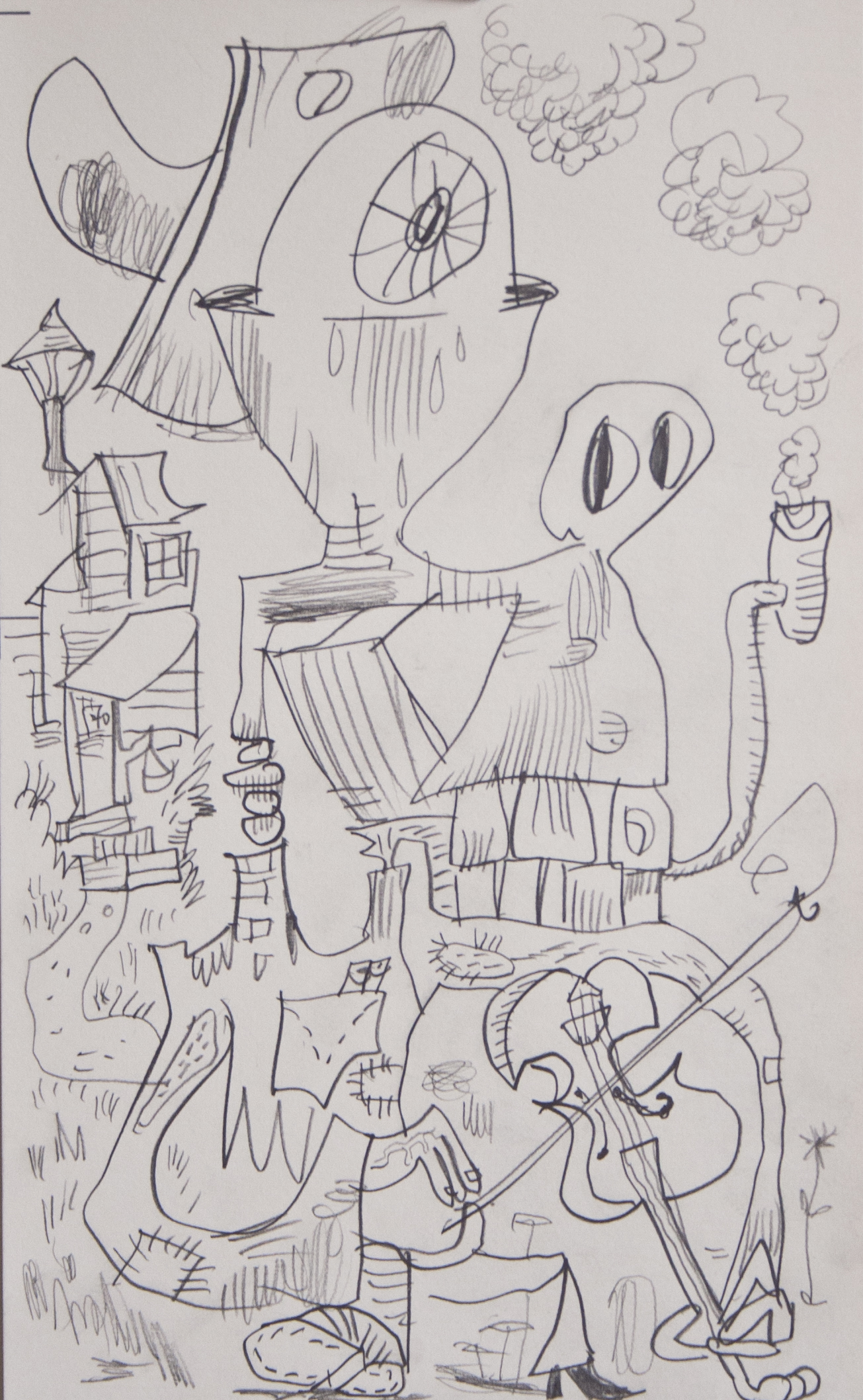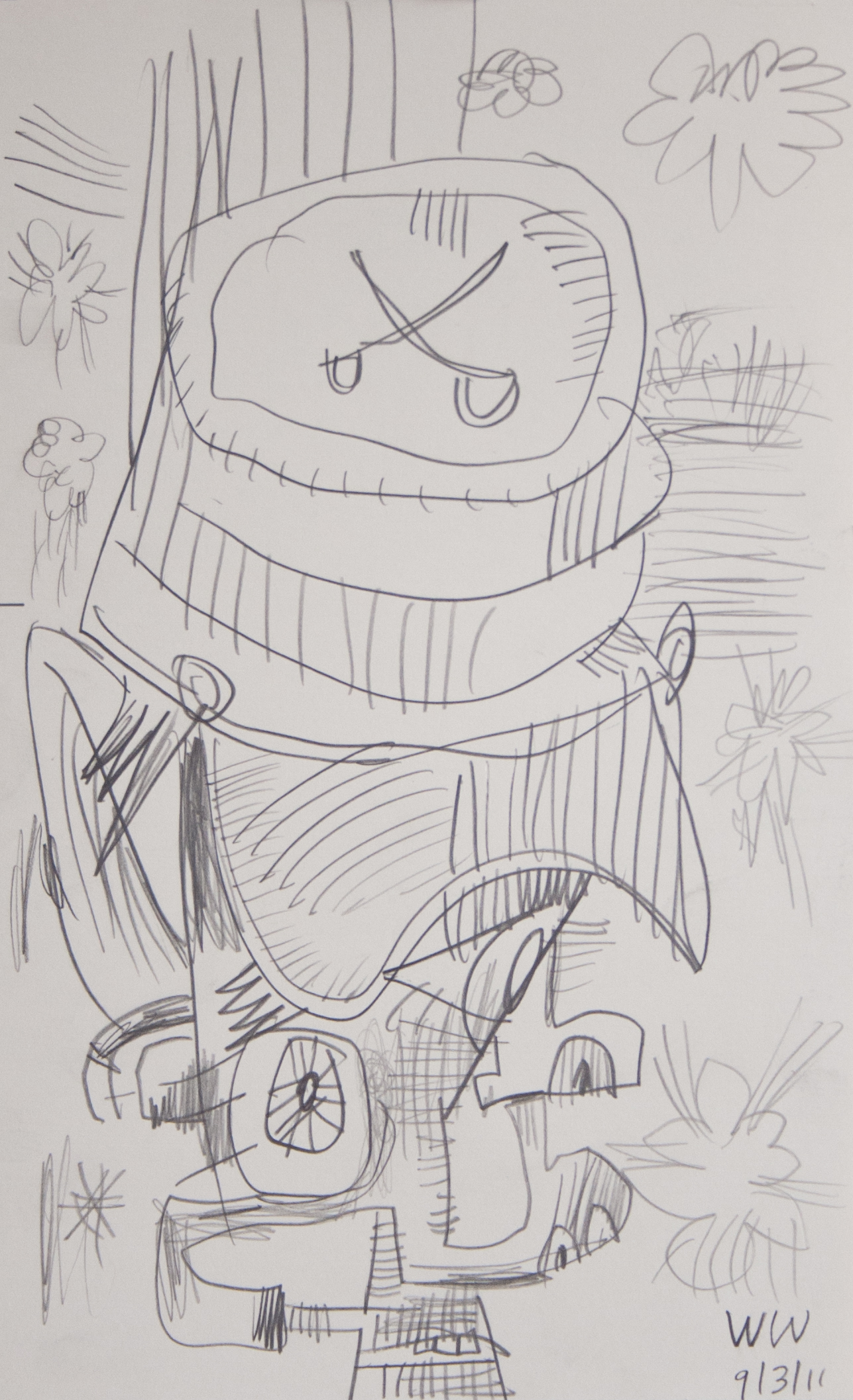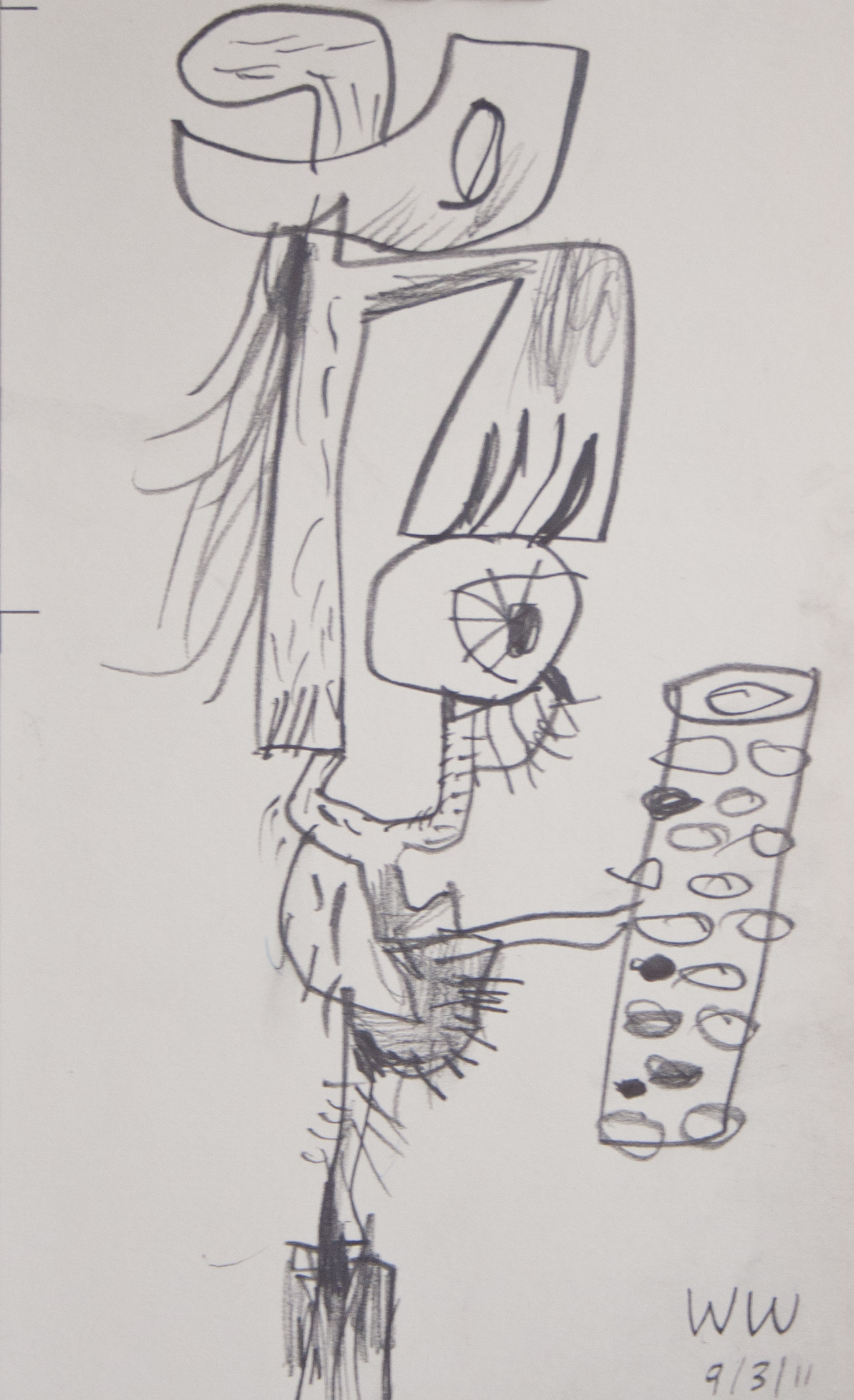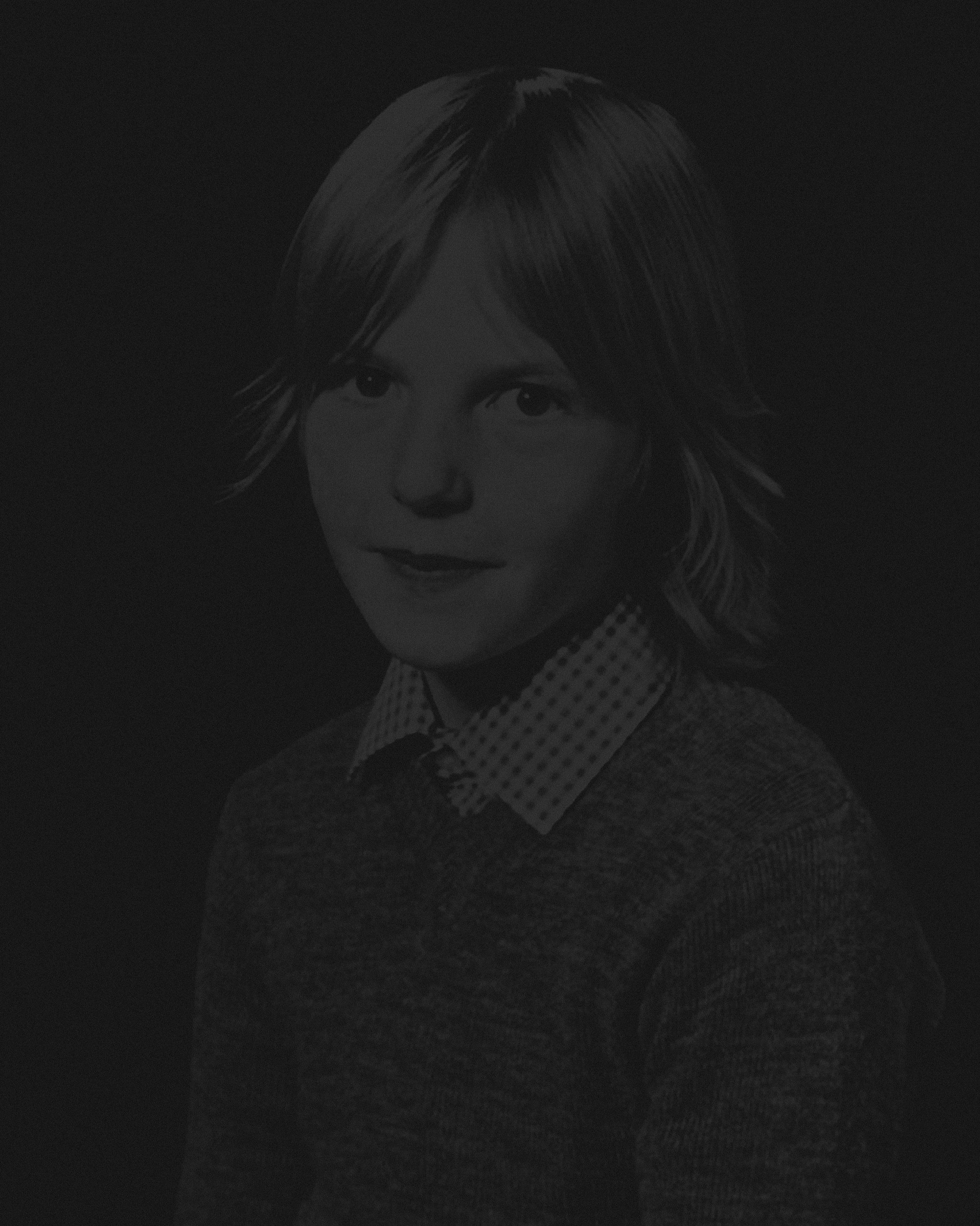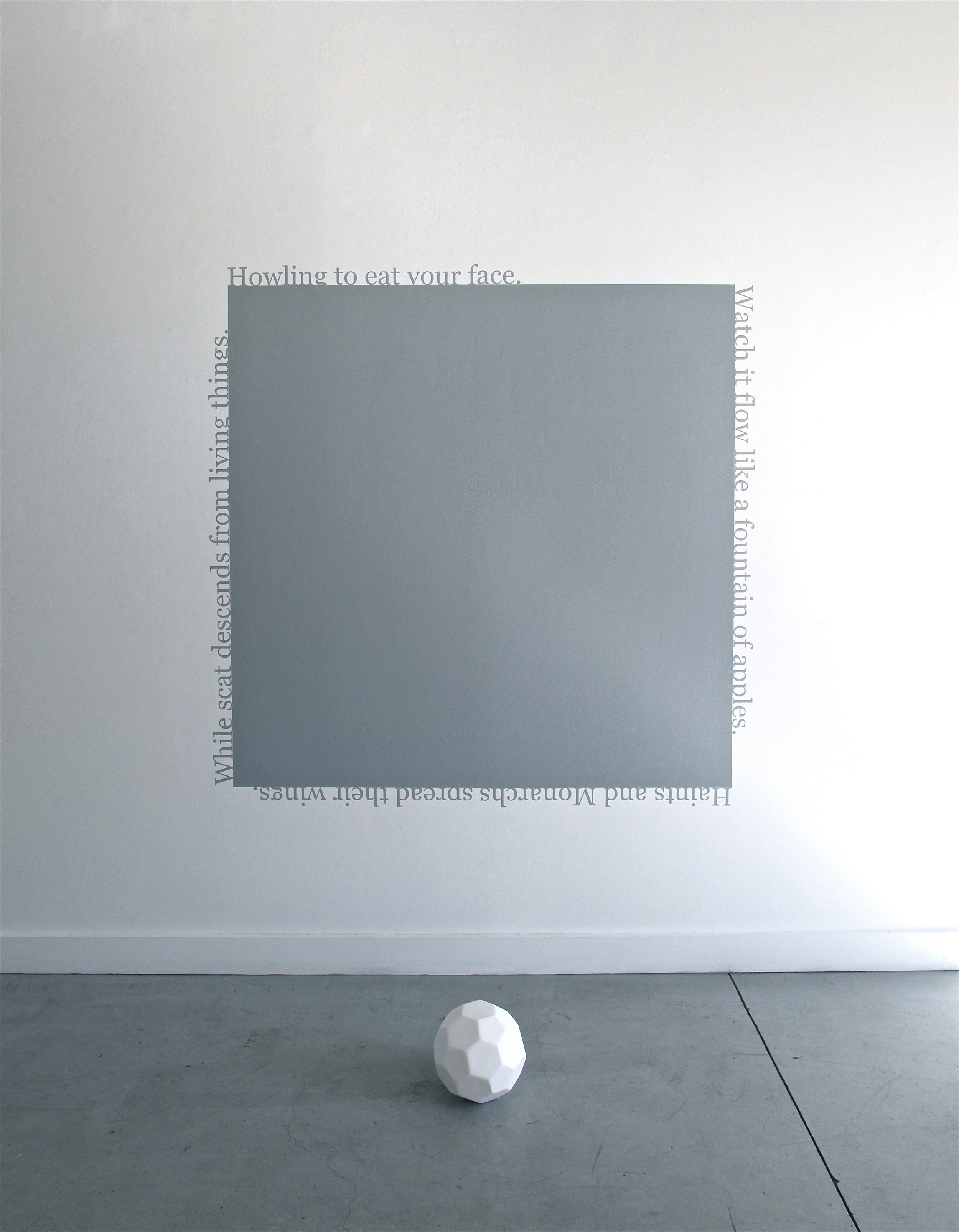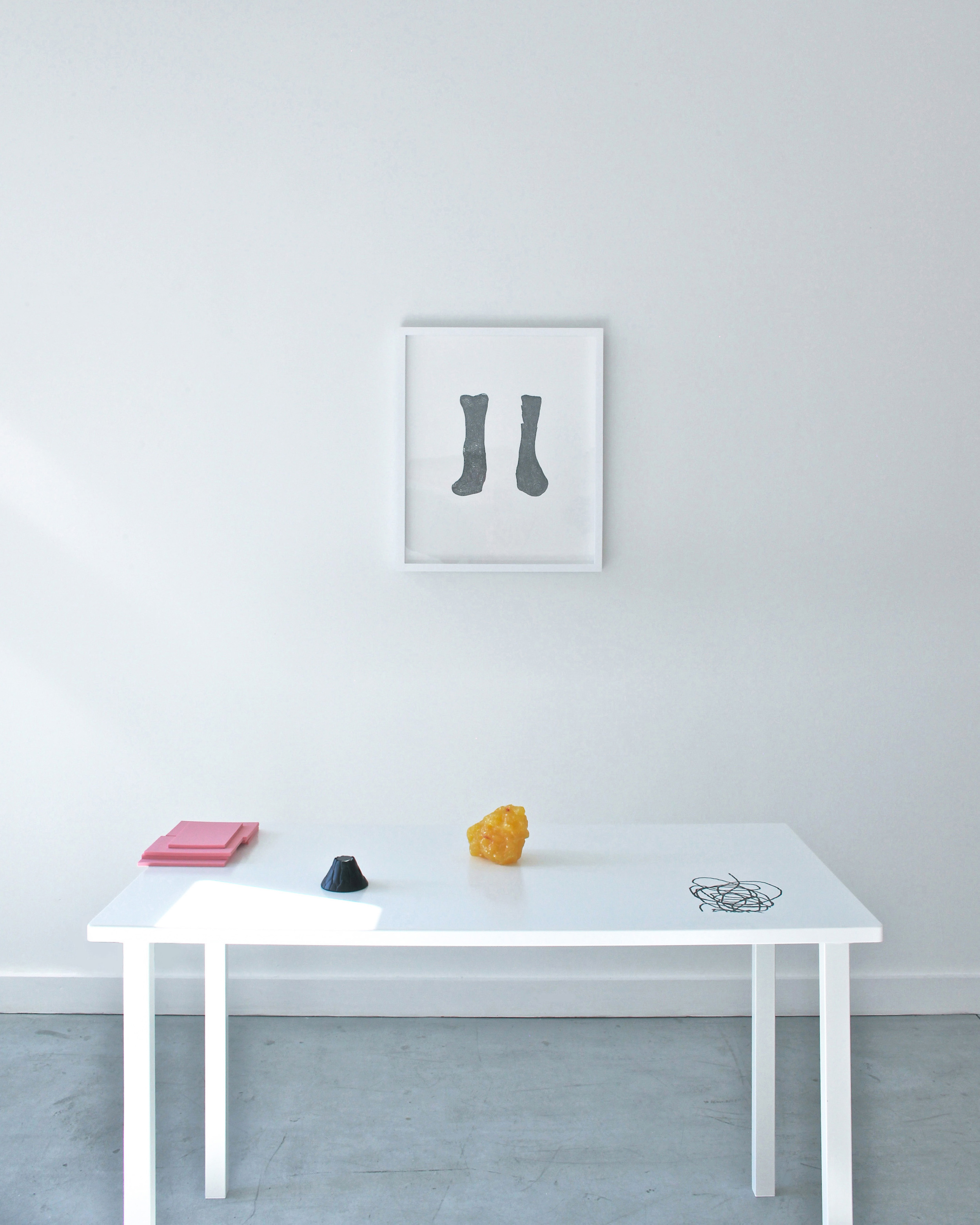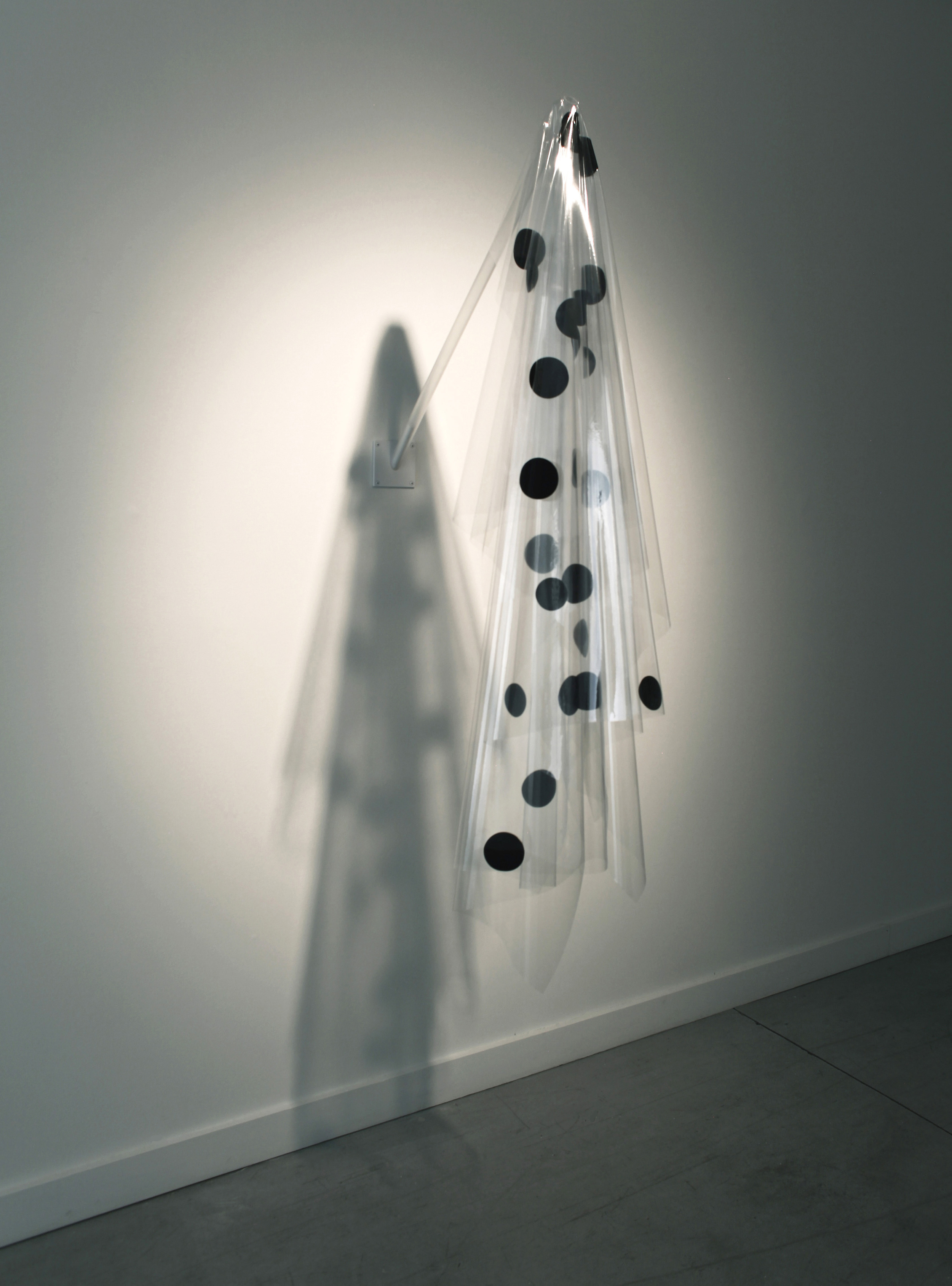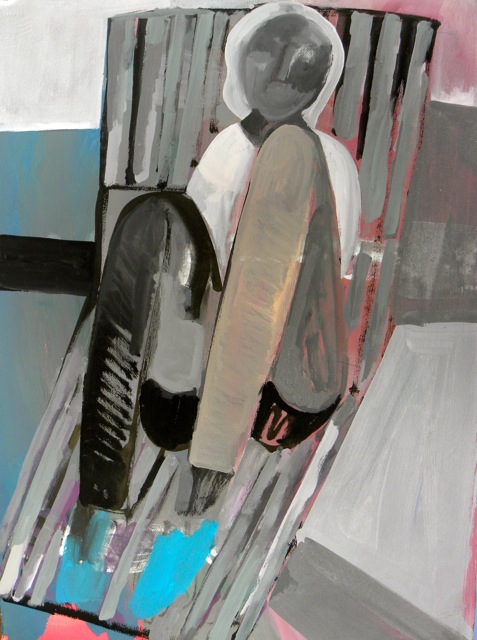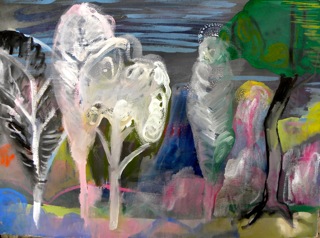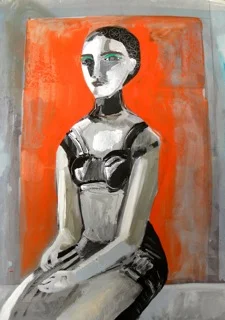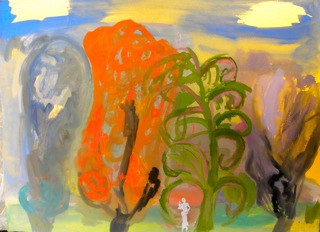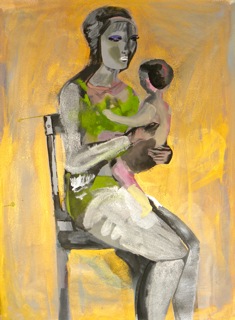The New Art Gallery Walsall, UK is delighted to present a selection of works by seven international contemporary artists who work with found images, whether gleaned from the internet, flea markets and second-hand shops or mass produced printed sources such as magazine pages and postcards. The artists employ a range of processes and techniques including cuts, embellishments, erasure and interference, to transform or 're-stage' the found image, separating it from its original use, context and meaning. The exhibition explores themes of loss, memory and mass experience as well as socially-constructed hierarchies and identities concerning gender, race and religion. Drawing attention to our relentless consumption and self-projection of visual information in a digital age, the selected artworks reverberate and bring into question the feeling of being suffocated and framed by representations of other people’s lives, tastes and experiences.
FOUND features work by Paul Chiappe, Ruth Claxton, Julie Cockburn, Ellen Gallagher, Vesna Pavlović, Erik Kessels and John Stezaker, including six new works specially commissioned by The New Art Gallery Walsall.
Preview
Thursday 29 January 2015
6-8pm
Join us for the preview in the company of the artists.
There will be an opportunity to hear artist Vesna Pavlović introduce her work from 6-6.15pm in the exhibition.
Artist Information
Paul Chiappe www.paulchiappe.com www.carslawstlukes.com
Ruth Claxton www.ruthclaxton.info www.houldsworth.co.uk
Julie Cockburn www.juliecockburn.com www.flowersgallery.com
Ellen Gallagher www.hauserwirth.com
Erik Kessels www.kesselskramerpublishing.com www.kkoutlet.com
Vesna Pavlovic www.vesnapavlovic.com
John Stezaker www.theapproach.co.uk
Open Tuesday to Saturday 10am to 5pm, Sunday 12noon – 4pm.
Closed Mondays and Bank Holidays. Free admission. For more information visit thenewartgallerywalsall.org.uk





